https://prezi.com/pjwdebmuqjfa/what-part-does-the-ea-play-in-primary-school/
PLEASE CLICK HERE TO BE TAKEN TO THE PRESENTATION: [X]

https://prezi.com/pjwdebmuqjfa/what-part-does-the-ea-play-in-primary-school/
PLEASE CLICK HERE TO BE TAKEN TO THE PRESENTATION: [X]


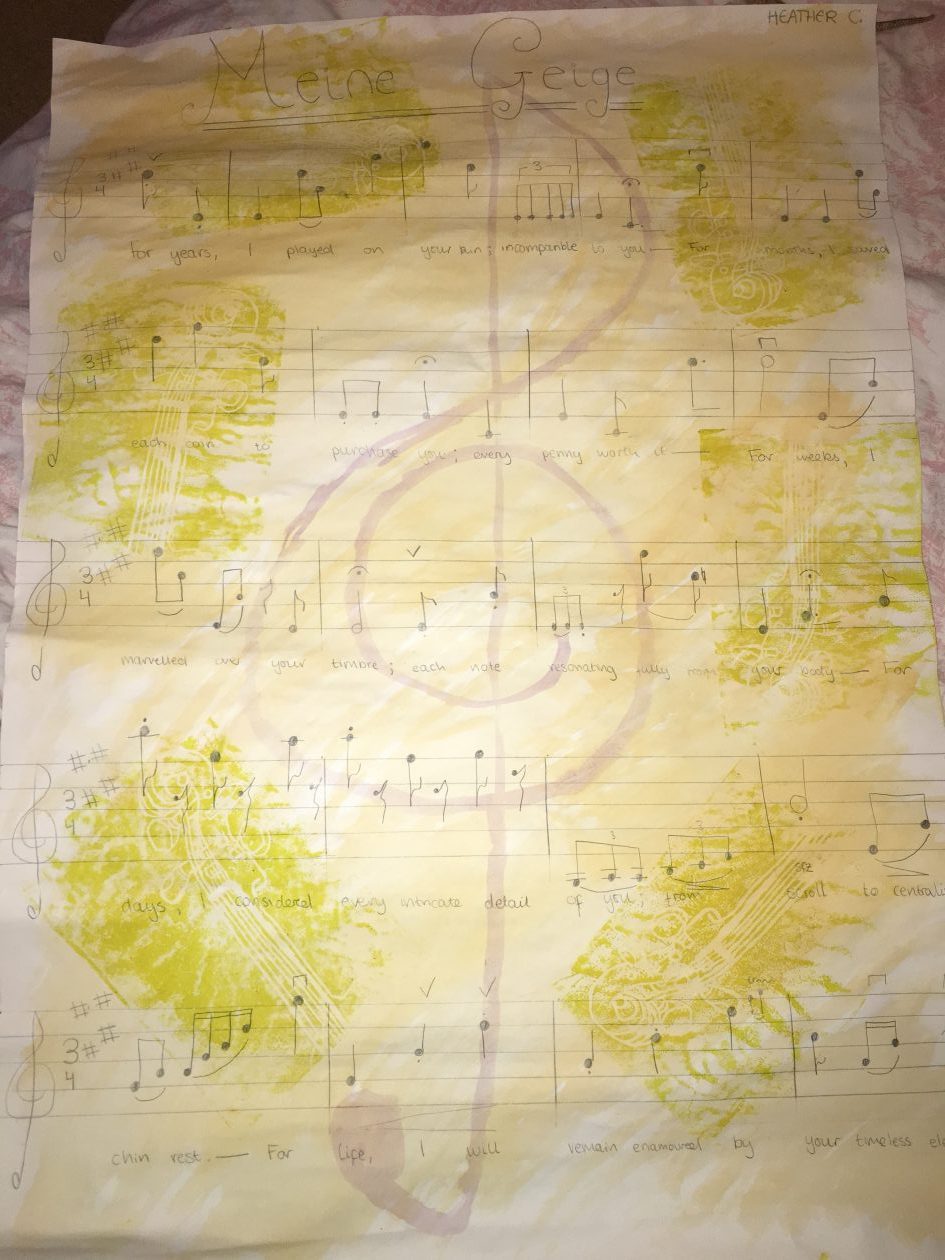
Transforming my piece into an animation made it a multi-sensory experience and allowed the piece to transform into a 3D experience, no longer bound to the paper.
It also allowed me to add another layer of personalisation, as I elected to play Ma Vlast Vltava: Moldau by Bedrich Smetana – one of my favourite pieces (spite its commercial uses).
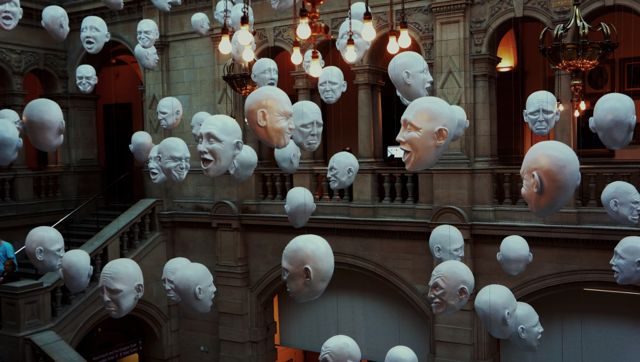
Visiting Kelvingrove is like visiting a giant, inexhaustible classroom. Every corner has a new learning experience.
Unfortunately, I was unable to attend the session, but I have been to Kelvingrove several times and adore everything it has to offer.
I am constantly bewildered by how such a plethora of information is available, to all, for free.
I especially feel that any Primary class from P1-P7 would benefit from every section of this museum.The Drama dress-up section allows children the chance to experience a life that it not their own, and it not from their time period. This transcendence of time allows children the ability to earn empathy skills, and can increase emotional and social understanding and ability; children can escape the borders of their own character to experience another.
Children are naturally inquisitive, and will see an object and wonder what its story is. When children are also afforded the opportunity to touch an object, which there are many opportunities to do in Kelvingrove, they add another layer to their experience and can understand the object’s significance further. Children are hands-on and learn through the sensation of touch and the experience of play. Children get a chance to see and feel, increasing their understanding of how objects affect their emotions.
Attendees of this session also got to view Windows in the West (Avril Paton), which would give lesson opportunities into the exploration of Scottish History, deepening the child’s understanding of the concept of culture and heritage.
Reflecting on this session made me think about the concept of creativity. As a summative experience, it made me consider how creativity could be assessed,linking this university experience to classroom potential. After research, I found this quotation that summarises how creativity, a concept which is unique and personal, can be compared an contrasted and properly assessed:
“Creativity involves aesthetic properties but goes beyond these to require novelty and effectiveness. Concentration on aesthetic properties of products, especially useful products, expands the definition of creativity and suggests a set of indicators of creativity: Such indicators offer promise of a universal aesthetic of creativity which would not only expand understanding of creativity but would offer perspectives on assessment of creativity, improve communication regarding creativity, and facilitate creativity-oriented teaching and learning activities.”
Reference: Cropley, D. and Cropley, A. (2011) Creativity and the Abstract. In: Runco M. and Pritzker, S. (eds.) Encyclopedia of Creativity, 2nd ed. [Online] Amsterdam; Boston: Elsevier/ Academic Press. Available: ScienceDirect [Accessed: 04 March 2017].
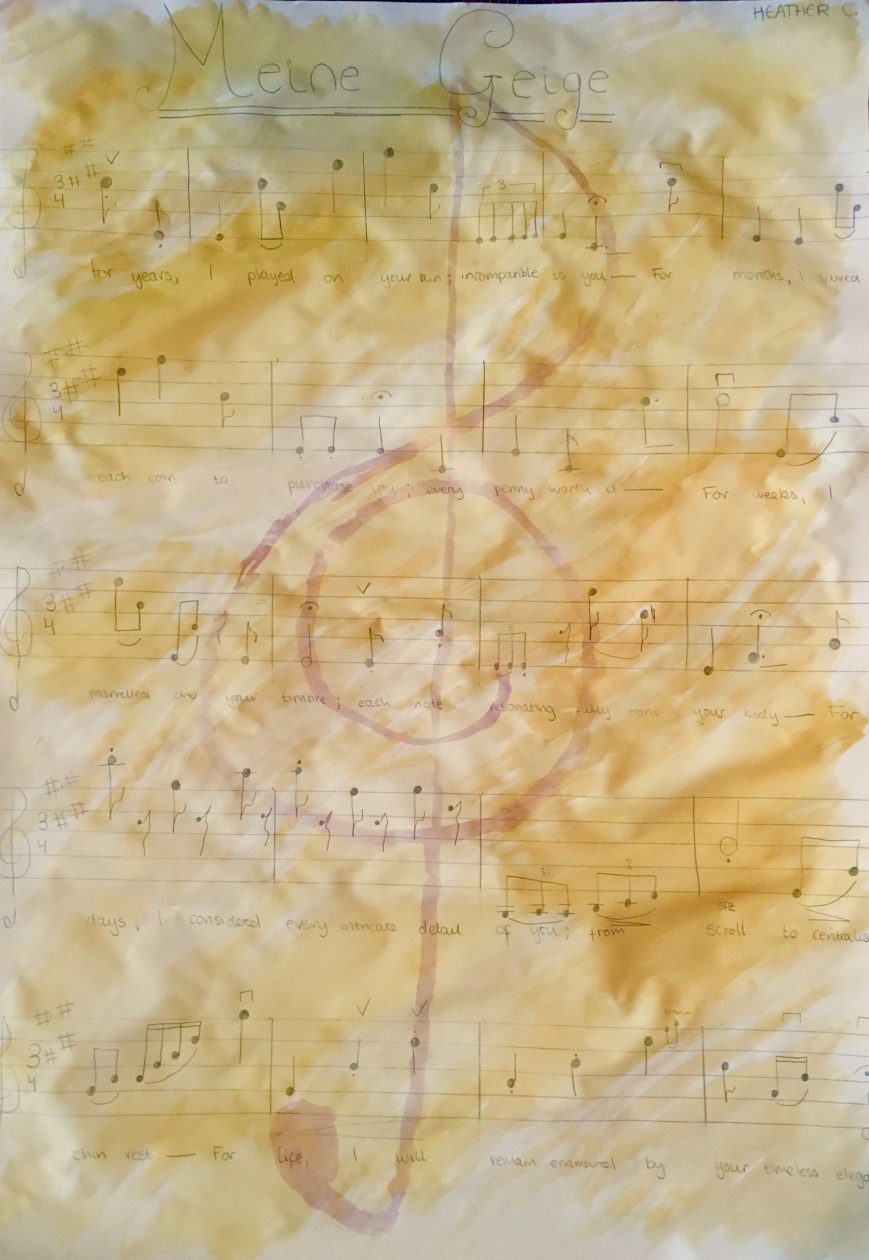
I finished my art piece by washing it with watercolours, creating a ‘worn parchment’ effect and adding a trebleclef in purple.
I did this quite messily, creating the juxtaposition between organisation and chaos; the pristine and passion – this juxtaposition can be seen in teaching and in music, therefore I thought it was appropriate to embellish my final piece in this way.
I titled the piece “Meine Geige” (“My Violin” in German). I did this because my evocative object is a German trade violin. A trade violin is a violin that is named after the maker (either through their real name or a pseudonym)
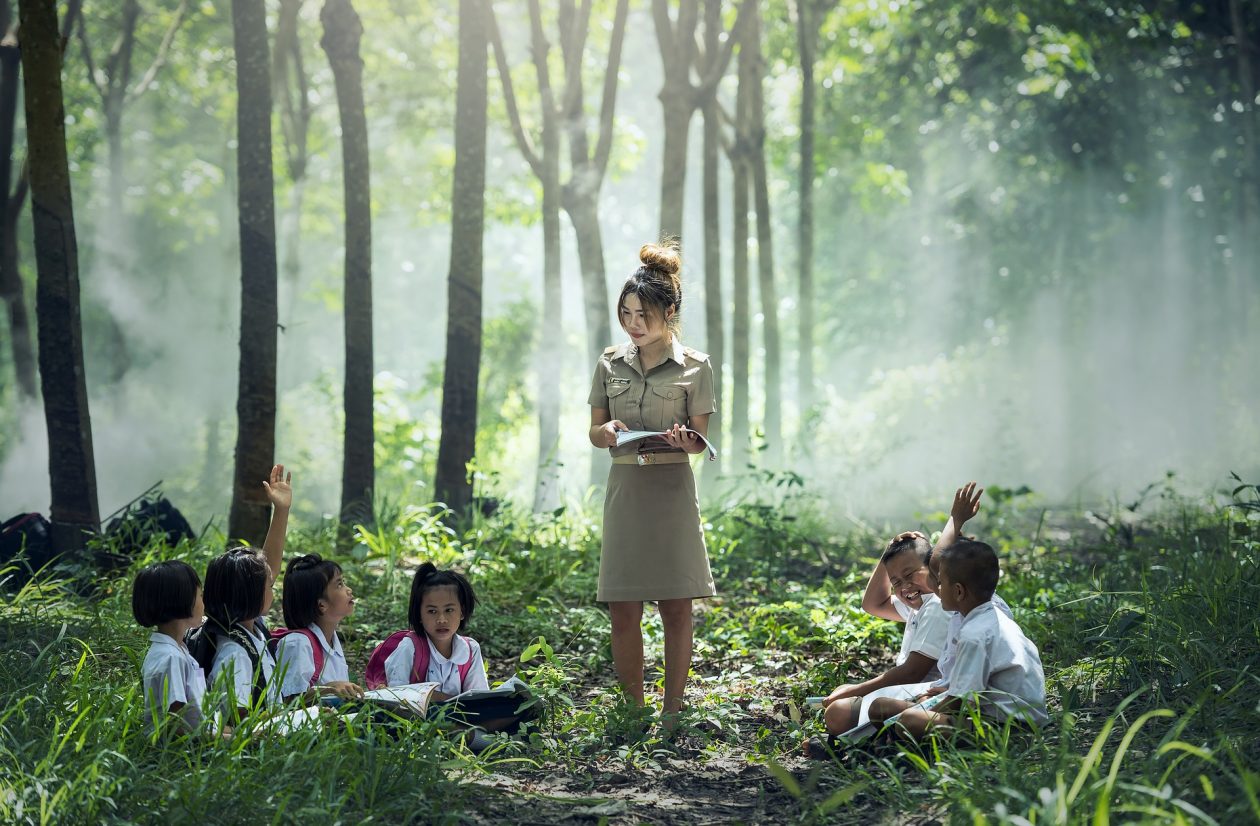
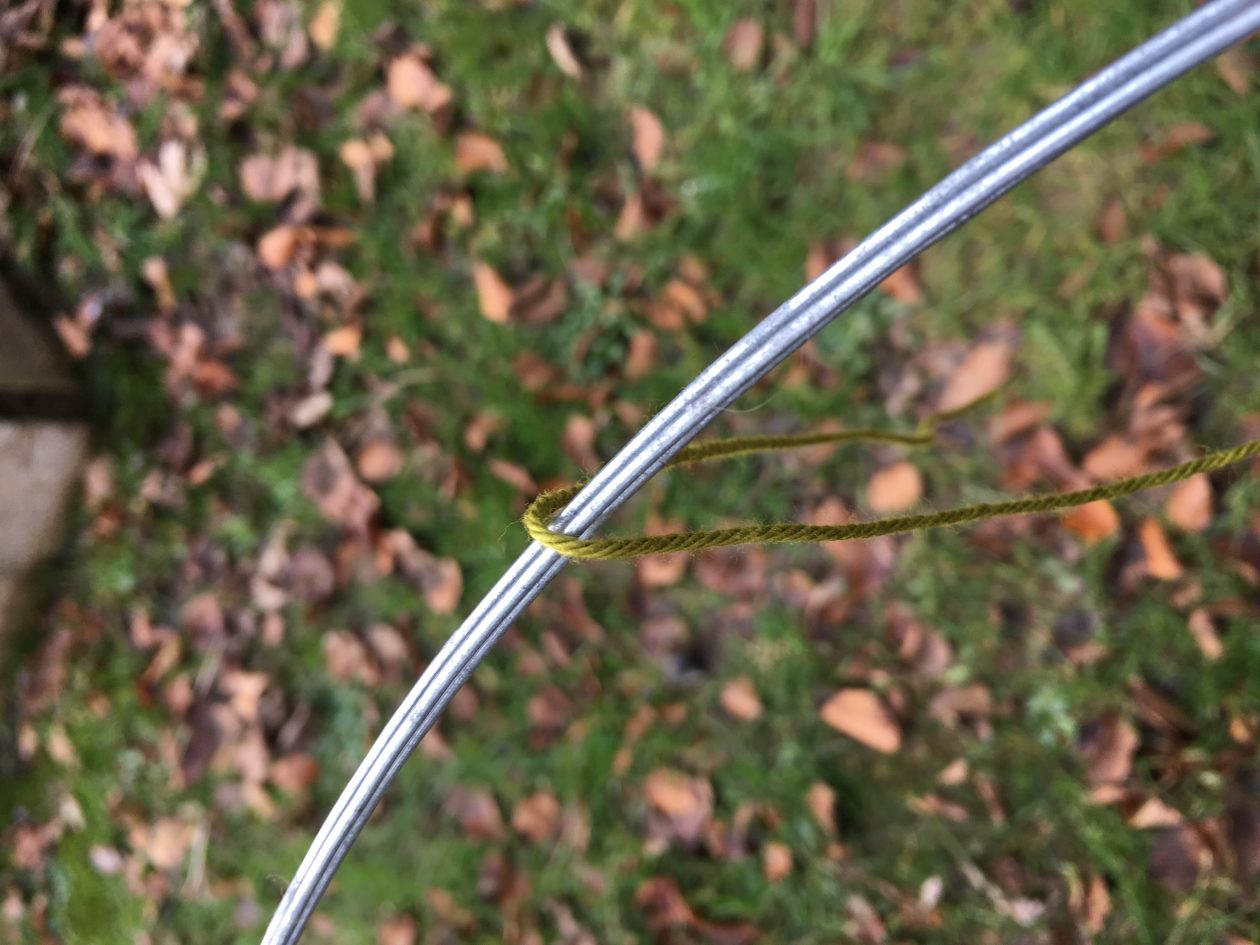
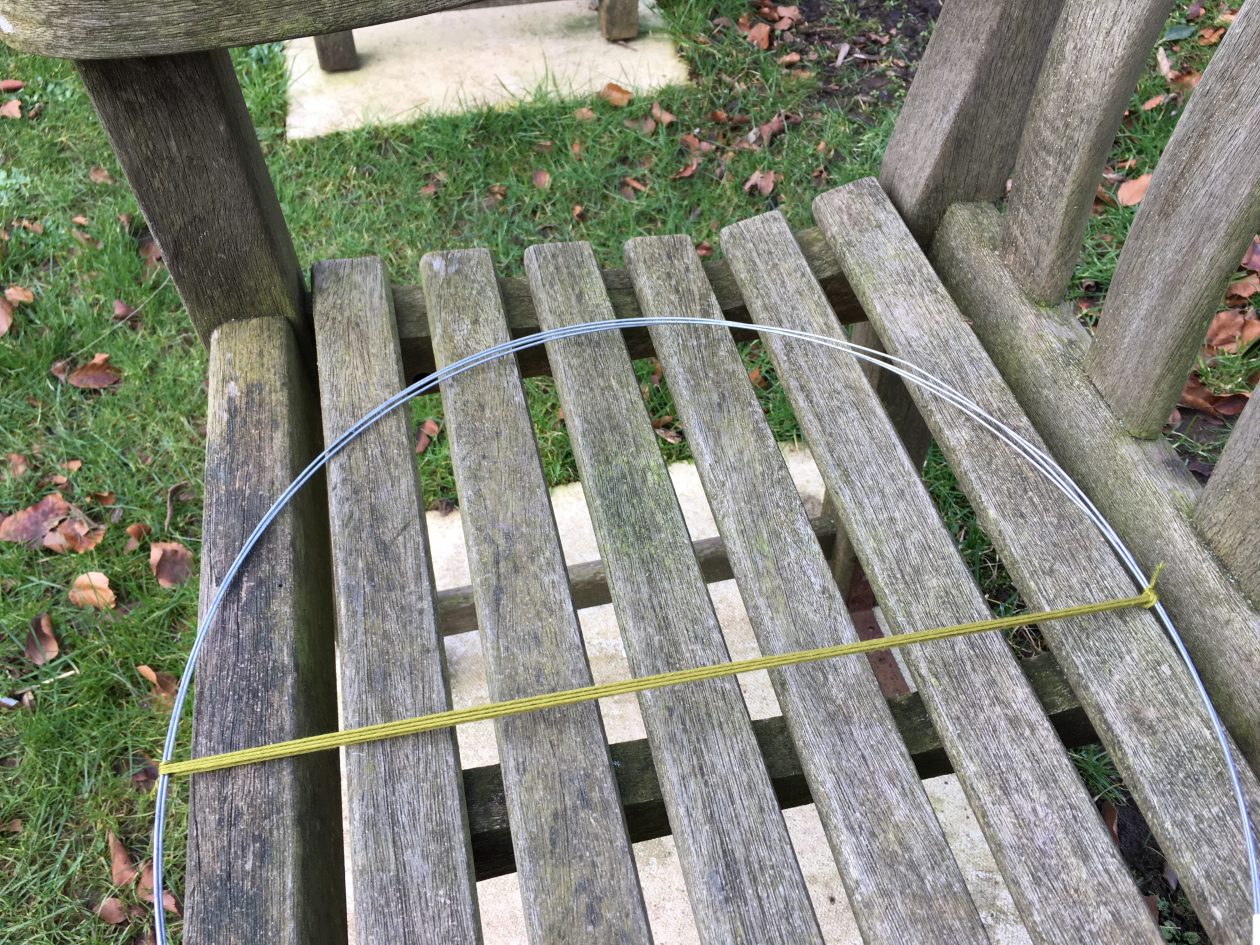
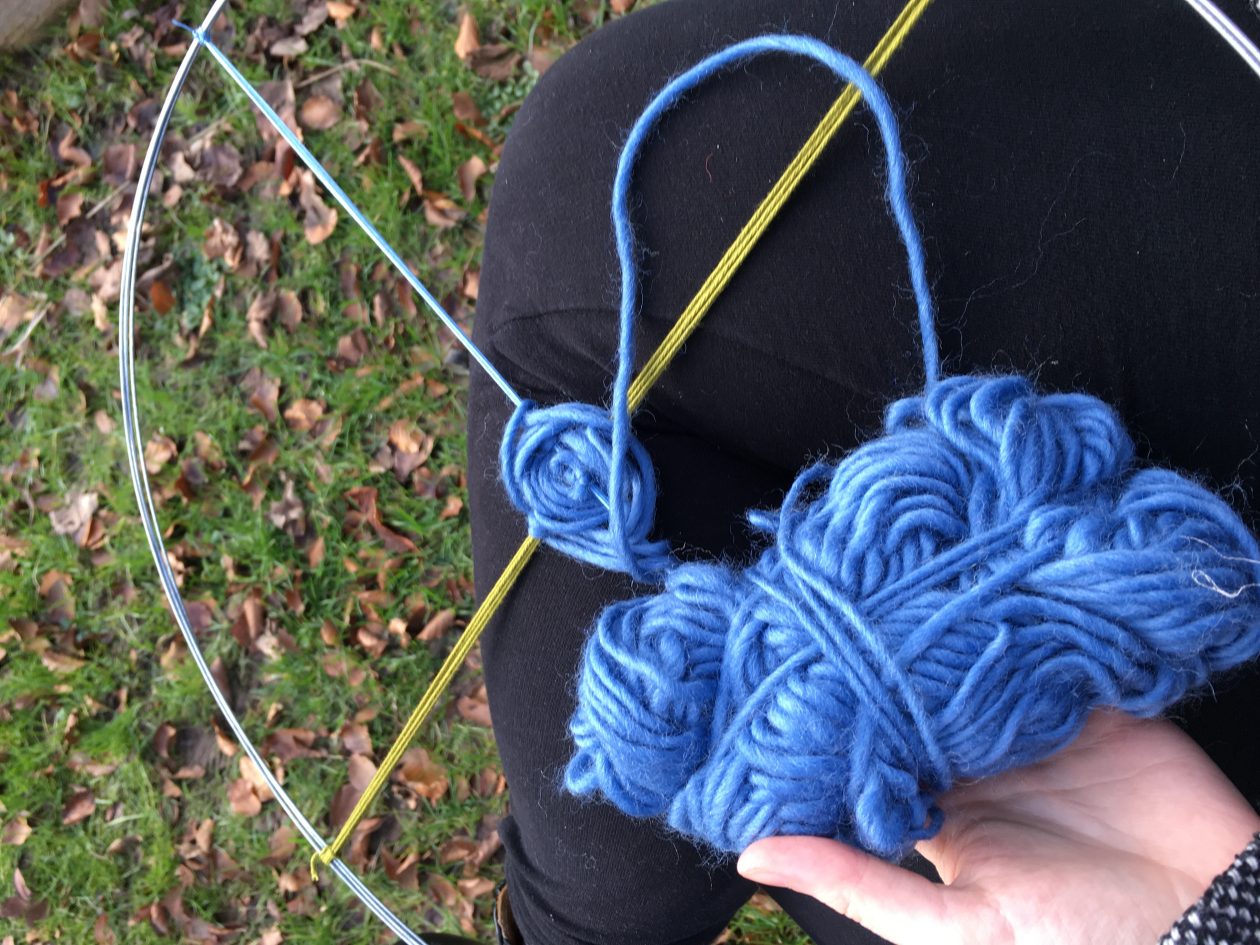
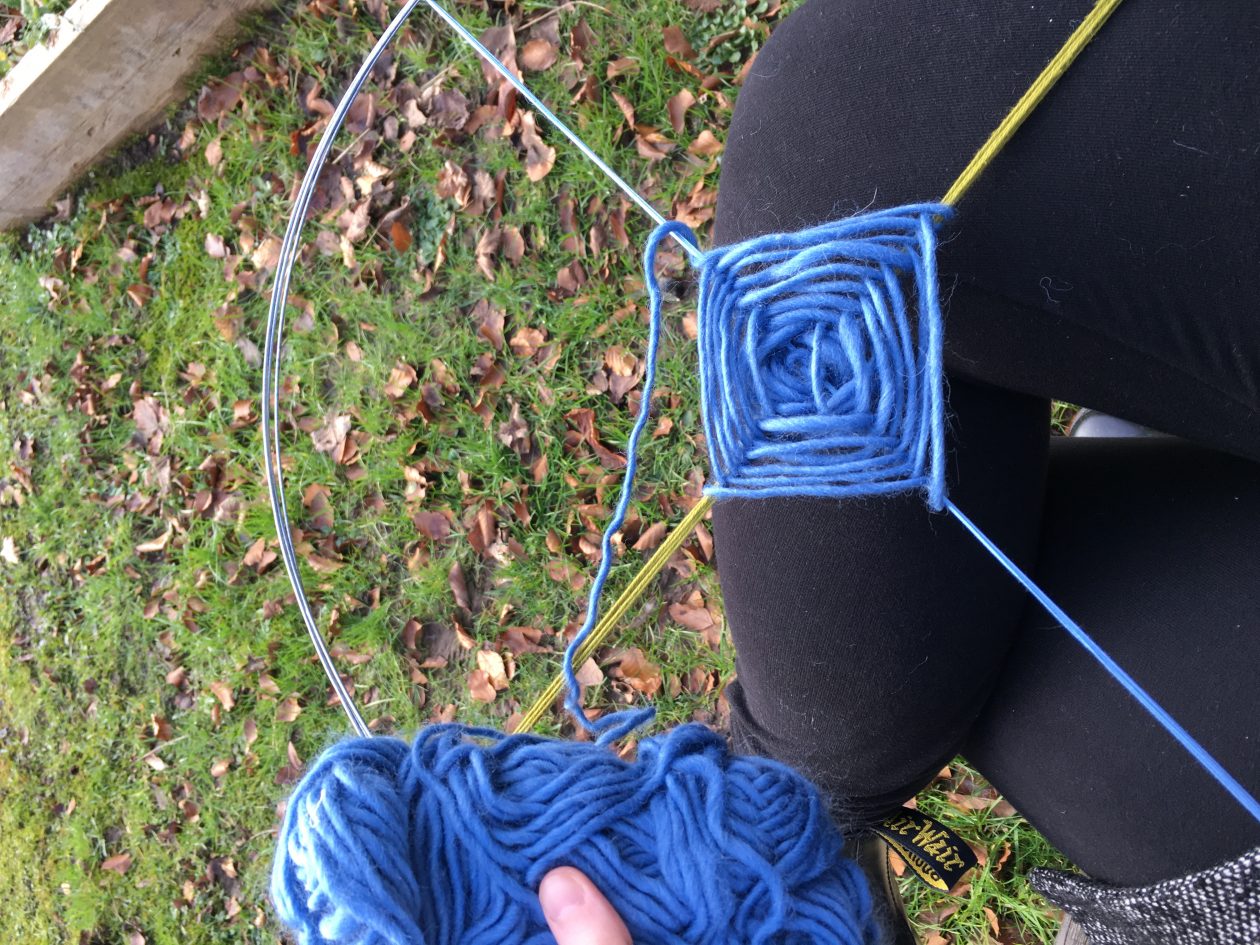
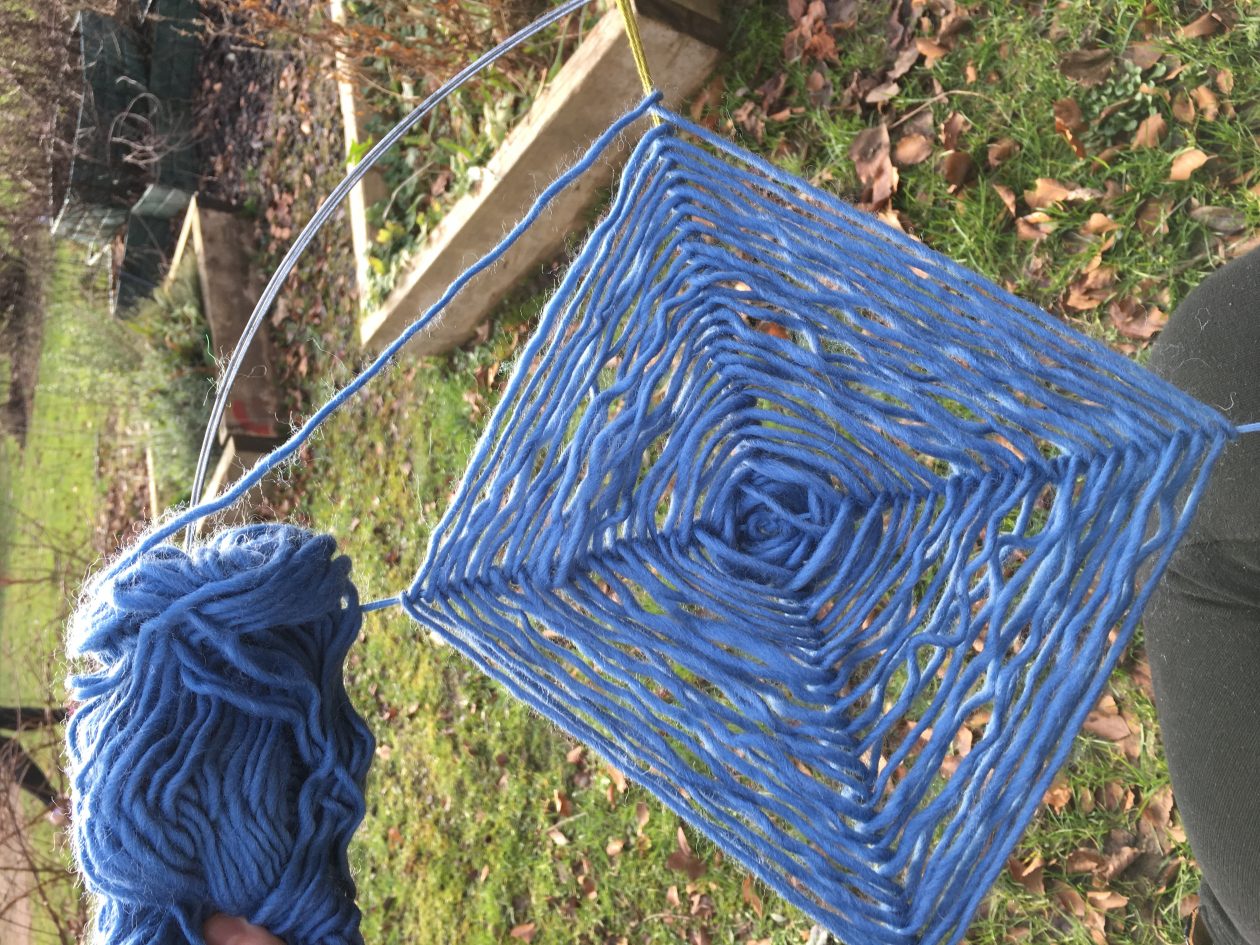
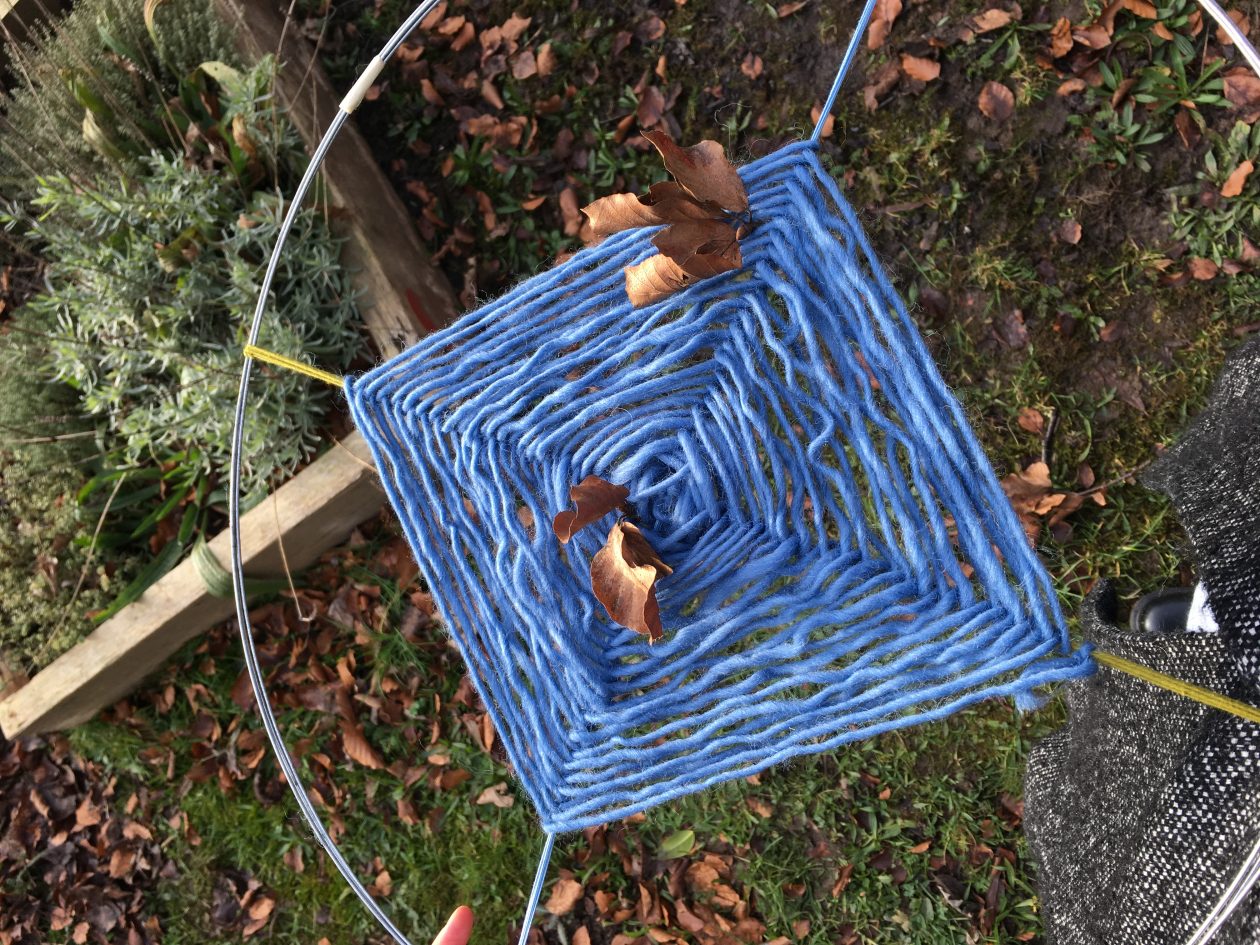
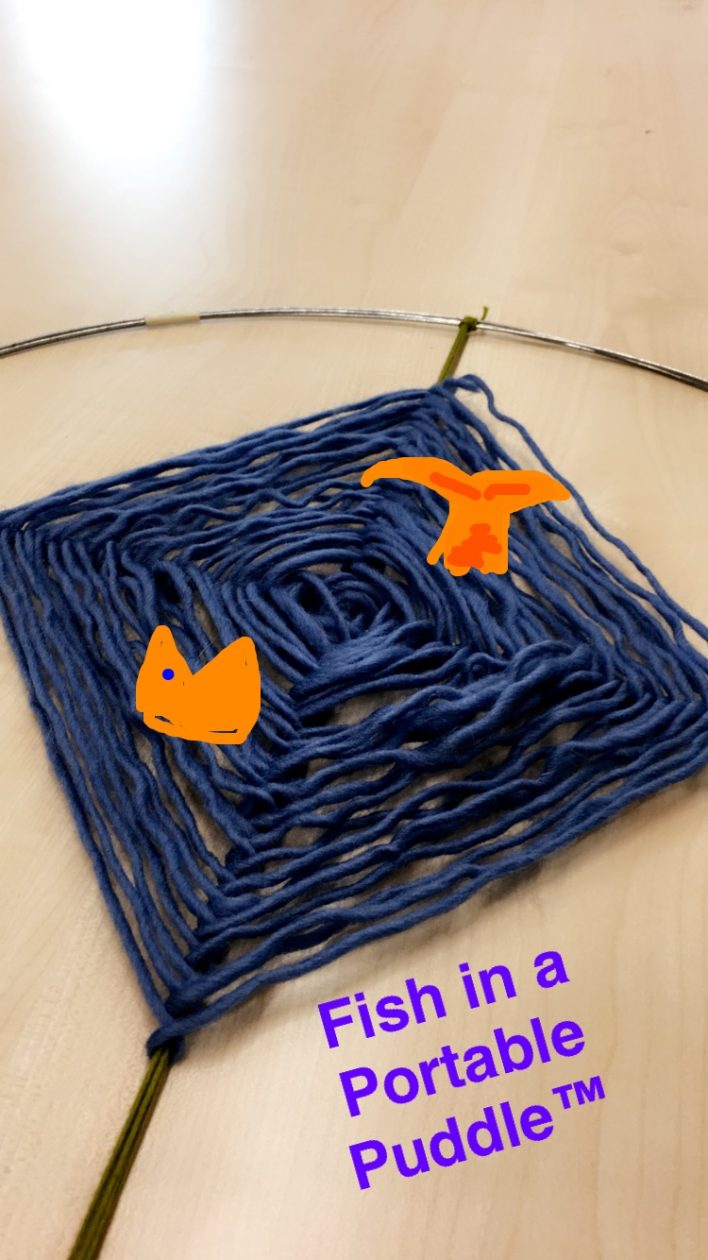
Today, we dealt with the outdoors and considered how it is a stimulating and conducive environment in which to teach the Arts.
We were learning the significance of learning in and through the outdoors – 2 distinctively different things. Learning in the outdoors is taking a task that could feasibly be done indoors, but taking it to the outdoor environment to add a creative influence. Learning through the outdoors entails that the outdoor environment is integral to the lesson, and that the environment will be physically interacted with.
In The Arts in Education: An Introduction to Aesthetics, Theory and Pedagogy, Fleming infers that learning in and through the Arts are two separate things, relating both to ‘personal growth’. My understanding is that this can be expanded, when making mention of the outdoors, as the Arts in and through the outdoors are equally separate. The ‘personal growth’ part can also be related, as the outdoors are where learning can become real. In their lives, people learn through practical and relevant experiences, not limited to classroom walls. Starting education outdoors gives a chance for learning to become relevant throughout the whole educative experience (from child to teengaer), making what is taught more likely to ‘sink in’.
This lesson made, in my mind, a contrast with digital animation. The outdoors gives natural materials that are accessible to all, but digital animation is accessible to most and is likely experienced (for the most part) indoors; there is a contrast between what is natural, and what is man-made technology.
Outdoor learning can also boost engagement in a cost-free way, by literally oxygenating the body and adding a different environment for the educator to interact with, transcending the walls of the classroom.
I was also fascinated by the lack of direction that the session was given; the lack of direction gave creative freedom – there were no rules or regulations, only self expression.
I created a ‘portable puddle’ by weaving wool in and around thread. The thread is attached (one horizontal, one vertical) to a circle of wire.
My vision for this ‘portable puddle’ is that:
As the subjects of Science and Technology are blended with the Arts in this way, I feel like this would be an appropriate STEAM activity.
During my research, I found the following quotation from an arts-based environmental education programme from the Aalto university in Helsinki:
“What happens when we seek to connect with the living world – not through pre-established scientific knowledge, but through an open-ended artful process?” (Boeckel, 2013)
This aided my understanding of the magnitude of arts-based environmental work; the bases this could cover, what this could unlock for a child, etc. Scandinavia has always been at the forefront of education, paving the way and always ‘one-step-ahead of the game’; a Finnish educational programme promoting arts-based environmental education gives the (un-official) seal of approval.
Reading for next week: The Wonder of a Child
References:
Fleming, M. (2012) The Arts in Education: An Introduction to Aesthetics, Theory and Pedagogy. [Online] Available: https://www.dawsonera.com/readonline/9780203126240 [Accessed: 04 March 2017].
Image found at: https://pixabay.com/en/learning-teacher-school-outdoor-pa-1782430/
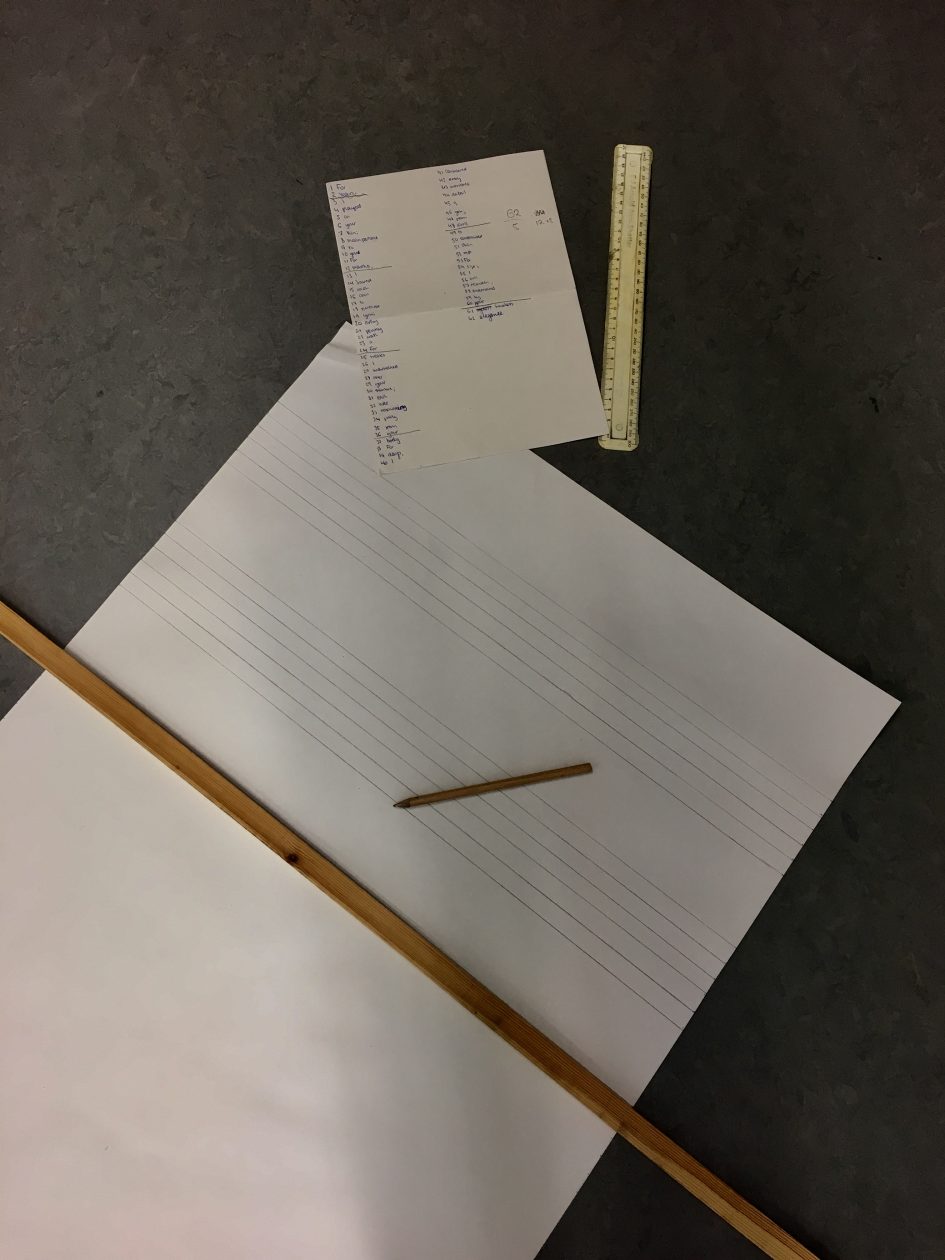
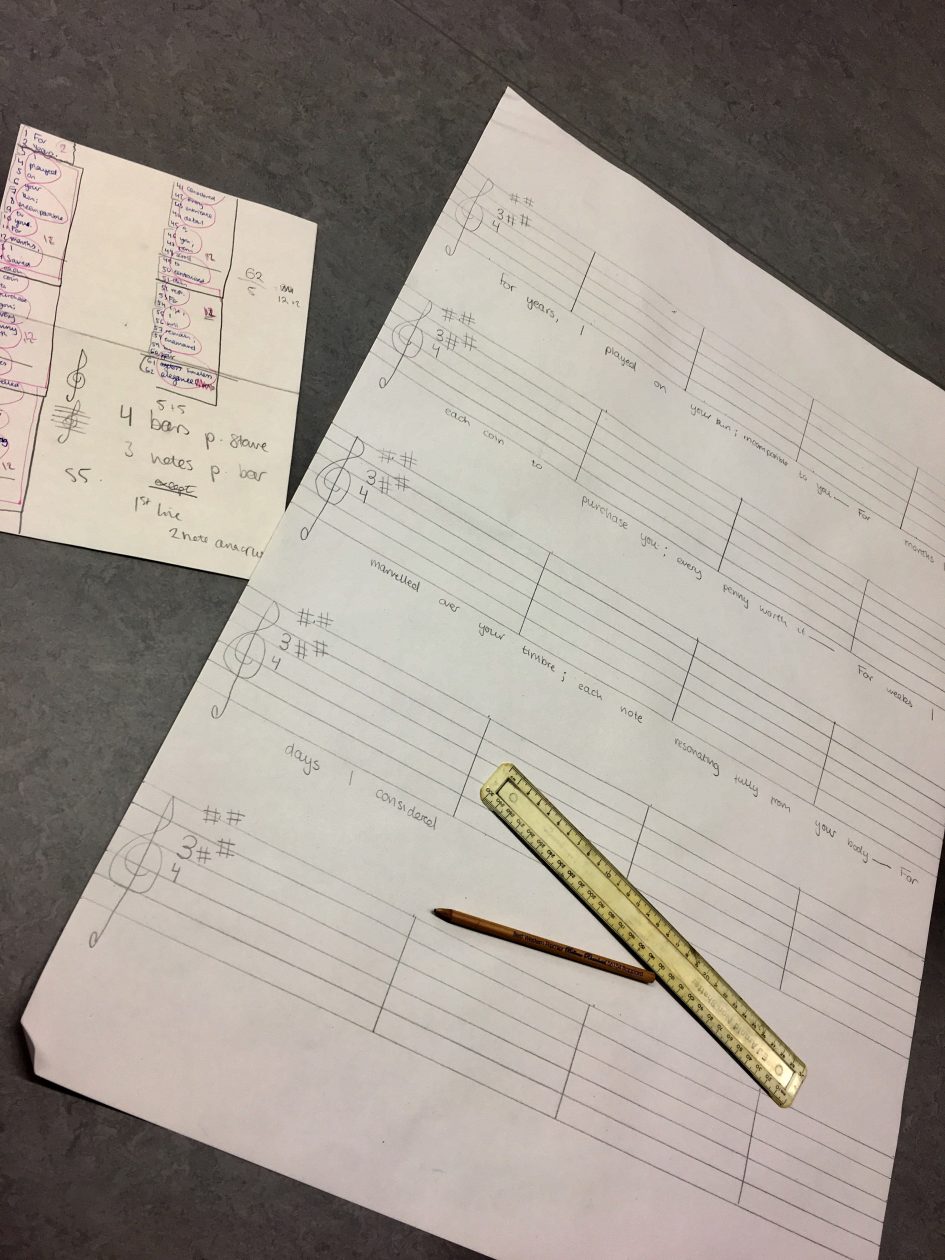
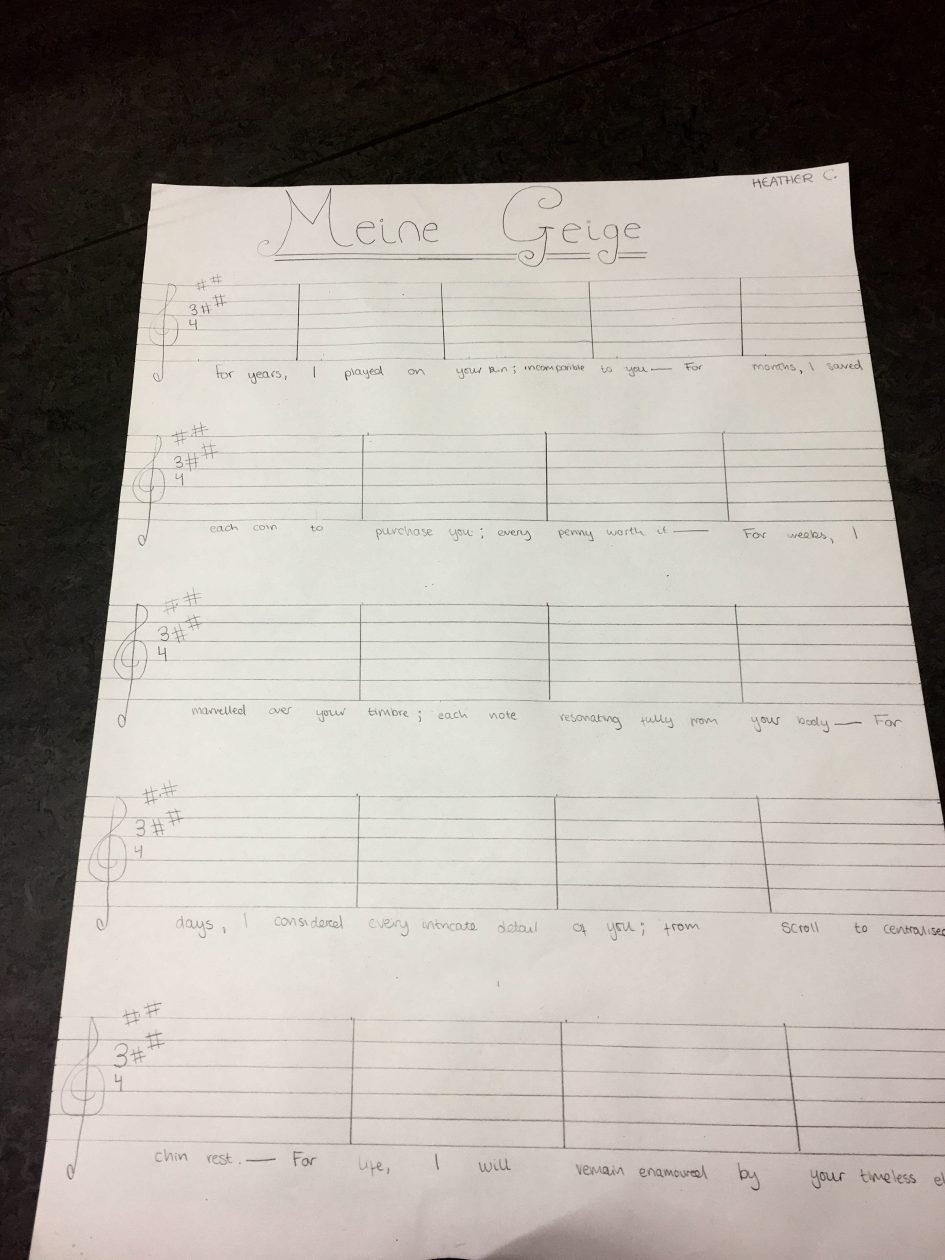
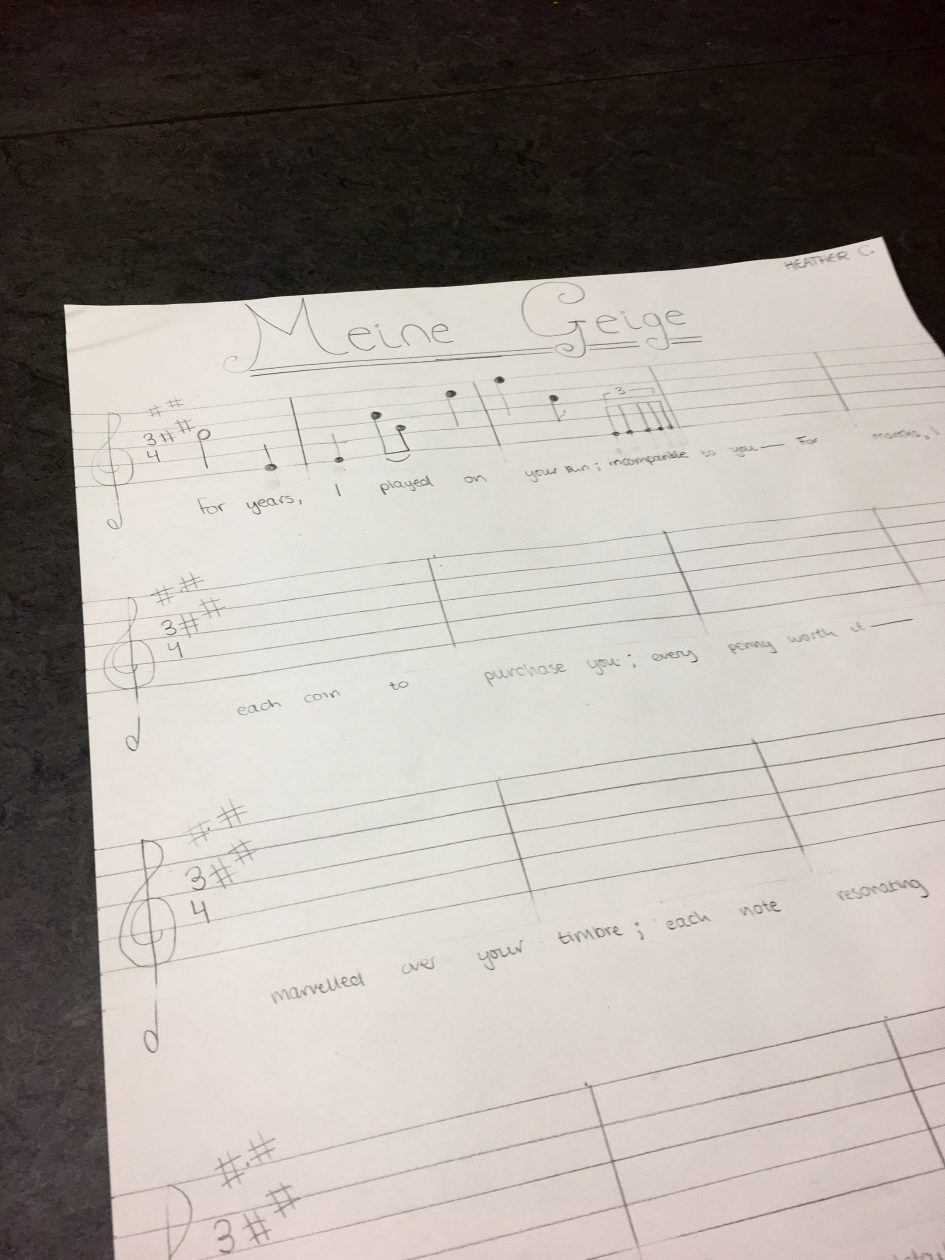
We continued with the evocative object project, transforming our 62 words into a piece of work that reflected our object. As my object was a violin, I chose to create a large-scale sheet of music, using my words as ‘lyrics’.
It was particularly difficult, in my opinion, to create the stave, finding markings down the paper, using a conventional ruler (I had to count down both sides).
Though there were challenges, I found this particularly rewarding when it all started to come together.
I recognise that anything that would be a challenge for me would be even more challenging for children, so this task let me see from their perspective.
I plan to finish this next week, or from home.
We also learned of STEM–>STEAM.
STEAM is integral, in my opinion, as it is undeniable that the Arts play a large part in STEM subjects.
STEAM is also an integral area for a student-teacher to research, as this will set us apart from current teachers; we can add oxygen and give fresh perspective to old thinking. This modal is future thinking, as it proves one’s creativity – creativity is such an important asset as it’s something that sets us apart from machines. Machines may be efficient, but we will always have creativity, and this gives us job security.
“Research shows that when learning is fragmented, students often fail to understand how various subject areas are integrated with each other […] interdisciplinary learning has the potential for building higher-order thinking skills and helping students form meaningful connections between subject areas.” (Capraro and Jones, 2013)
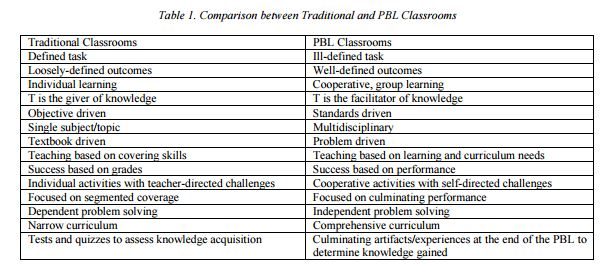
STEAM is also an invaluable asset to pupils, as it allows them to see their subjects as interconnected, and gives them perspective on career paths – they will have a better idea of which field they want to go into, because this subject has been taught in a practical, hands on, play-related way – real life is practical.
STEAM allows for Bloom’s Taxonomy Higher Order Thinking Skills to be utilised and honed. The Arts and STEM subjects share the Create and Apply sections of Bloom’s Taxonomy, allowing children to gain better experience of these skills through cross-curricular, relevant and challenging activities/tasks.
During a recent cinema visit, I viewed the following advert/trailer:
This made an excellent link to STEM subjects, and I feel that this would also make a strong link to STEAM, as Art & Design are integral to STEM subjects (as discussed above). I would therefore find this an appropriate lesson starter when introducing STEAM lessons to a class. This video also discusses the ‘Gender Gap’ in STEM subjects, and I feel that integration into STEAM is an appropriate way to aid in tackling the gender gap.
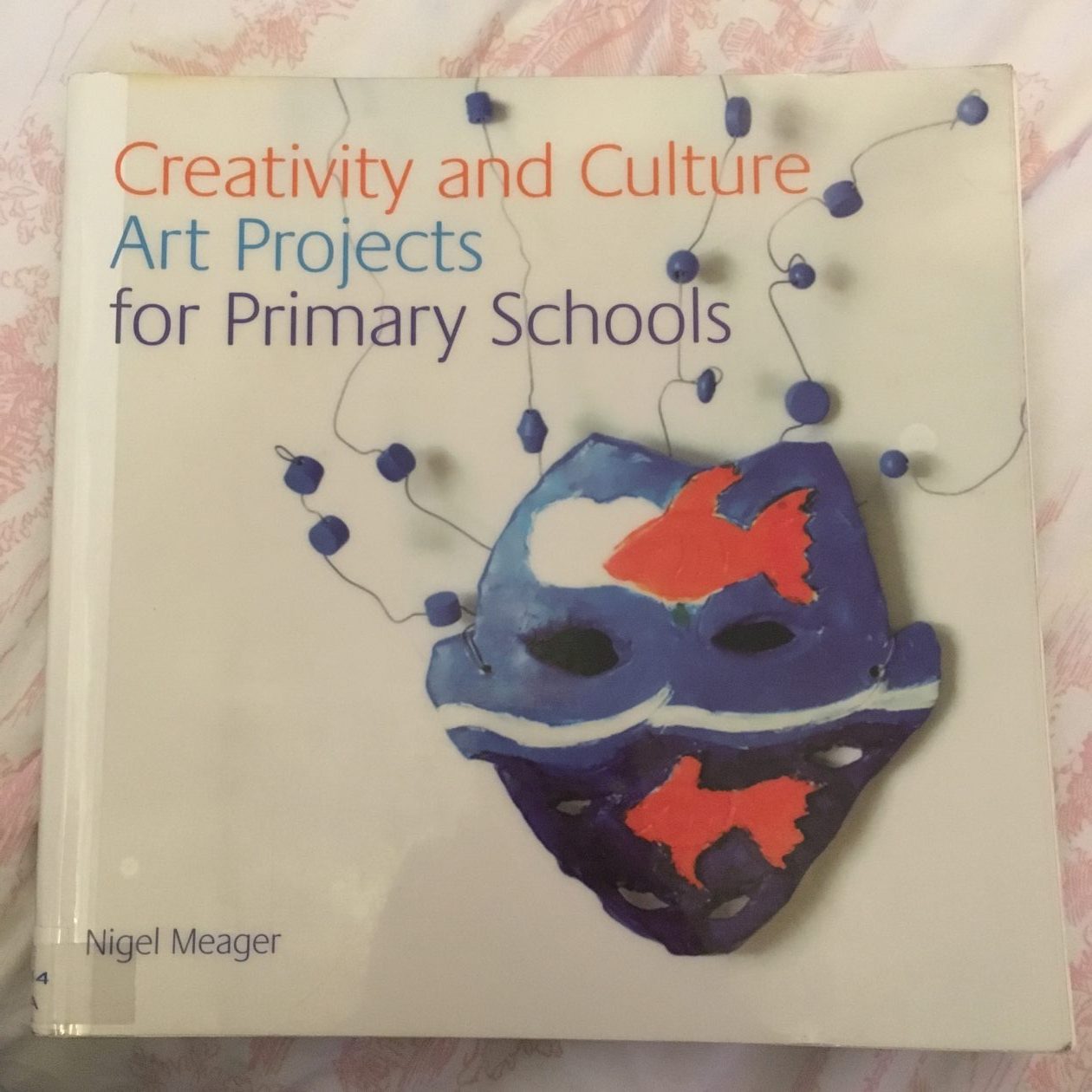
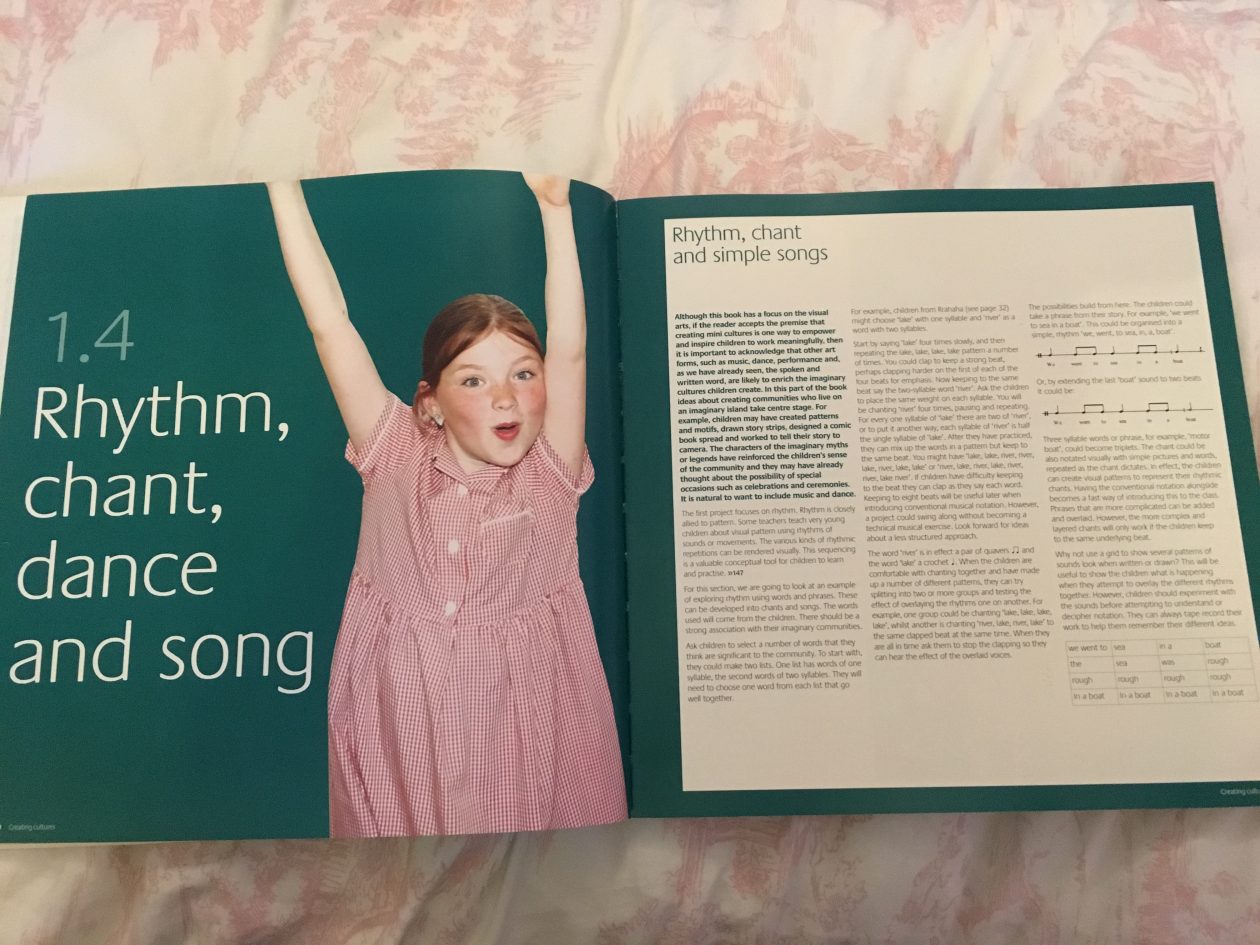
On recommendation, I have sought out “Creativity and Culture: Art Projects for Primary School” (Nigel Meager). After scanning the book, I have several ideas for integration with Literacy and Numeracy for my Placement – with particular reference to pp. 50 – 52 (pictured above).
References:
Meager, N. (2006) Creativity and Culture: Art Projects for Primary School. 1st Ed. Corsham: NSEAD
Capraro, M. and Jones, M. (2013) Interdisciplinary STEM Project-based Learning Capraro, R., Capraro, M. and Morgan, J. (eds.) STEM Project-based Learning: an Integrated Science, Technology, Engineering, and Mathematics (STEM) Approach. [Online] Boston: Sense Publishers. Available: Springer Link. [Accessed: 05 March 2017].

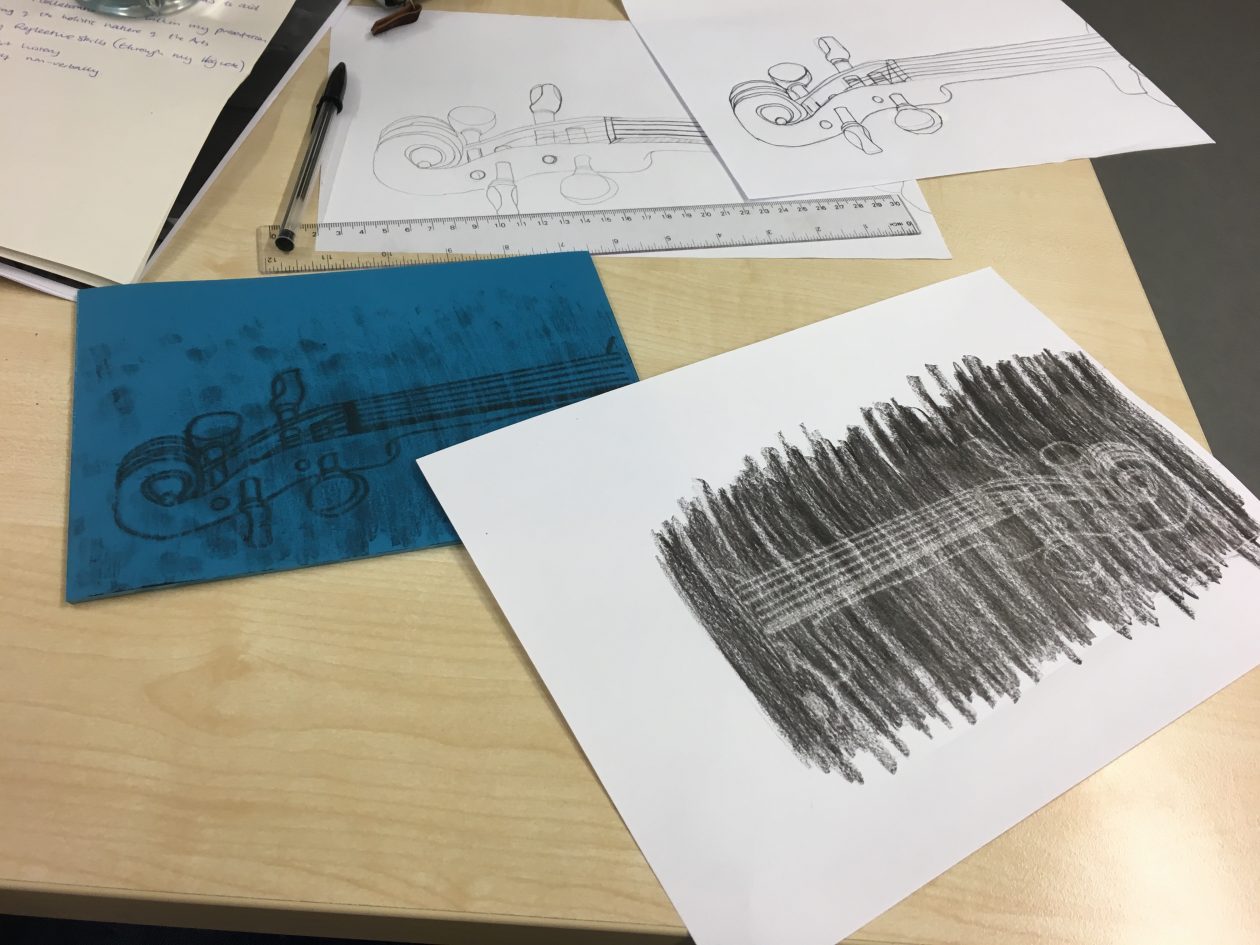
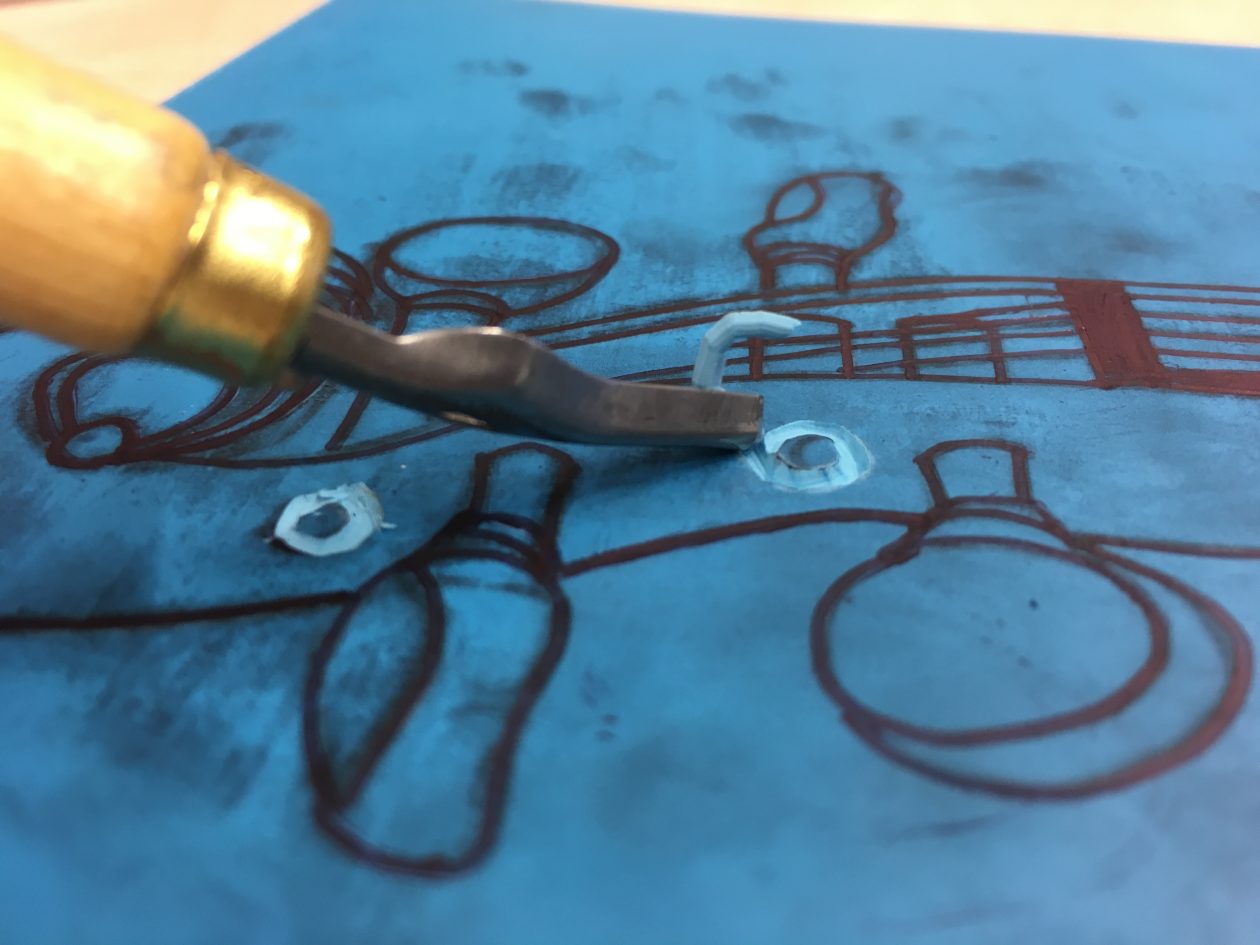
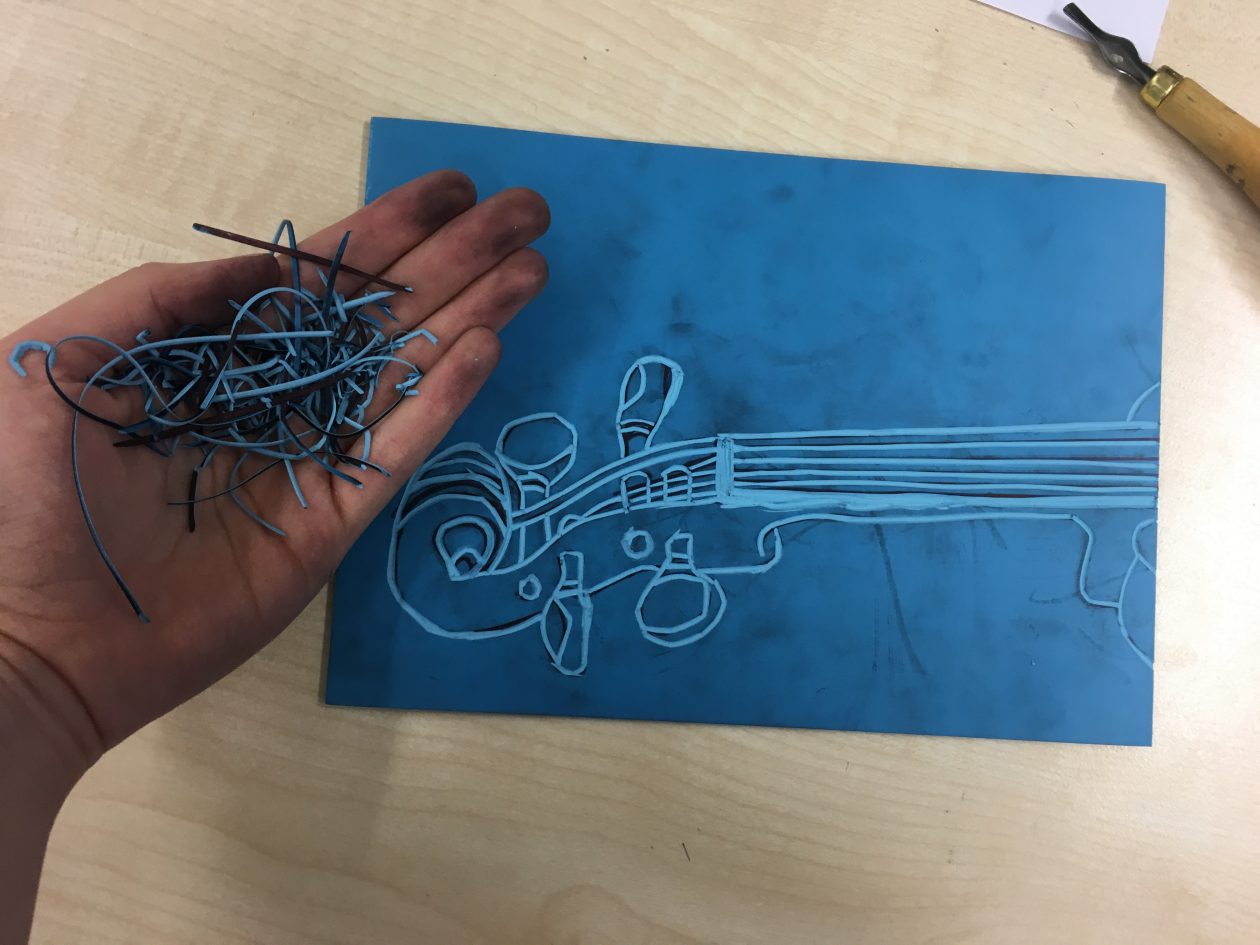

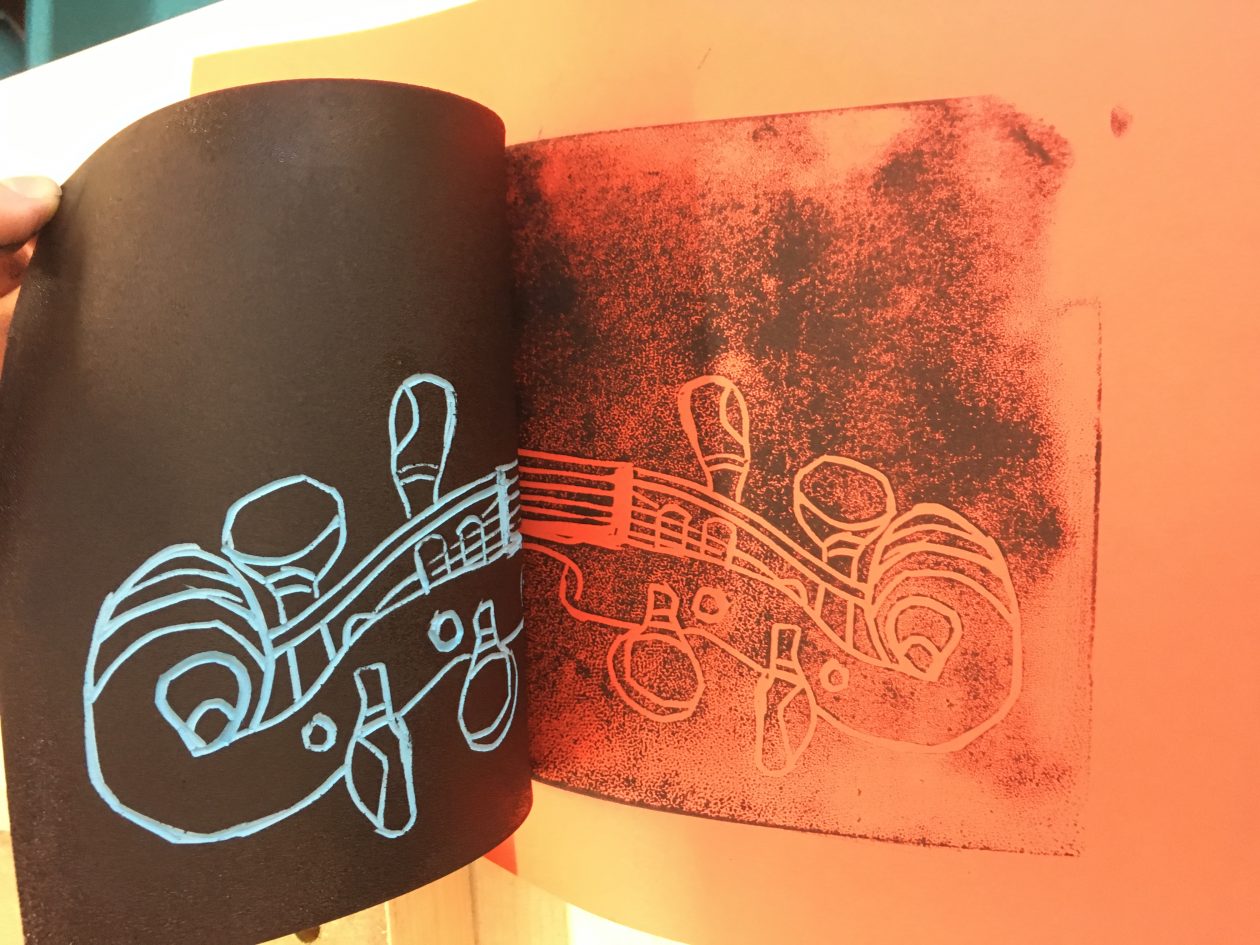
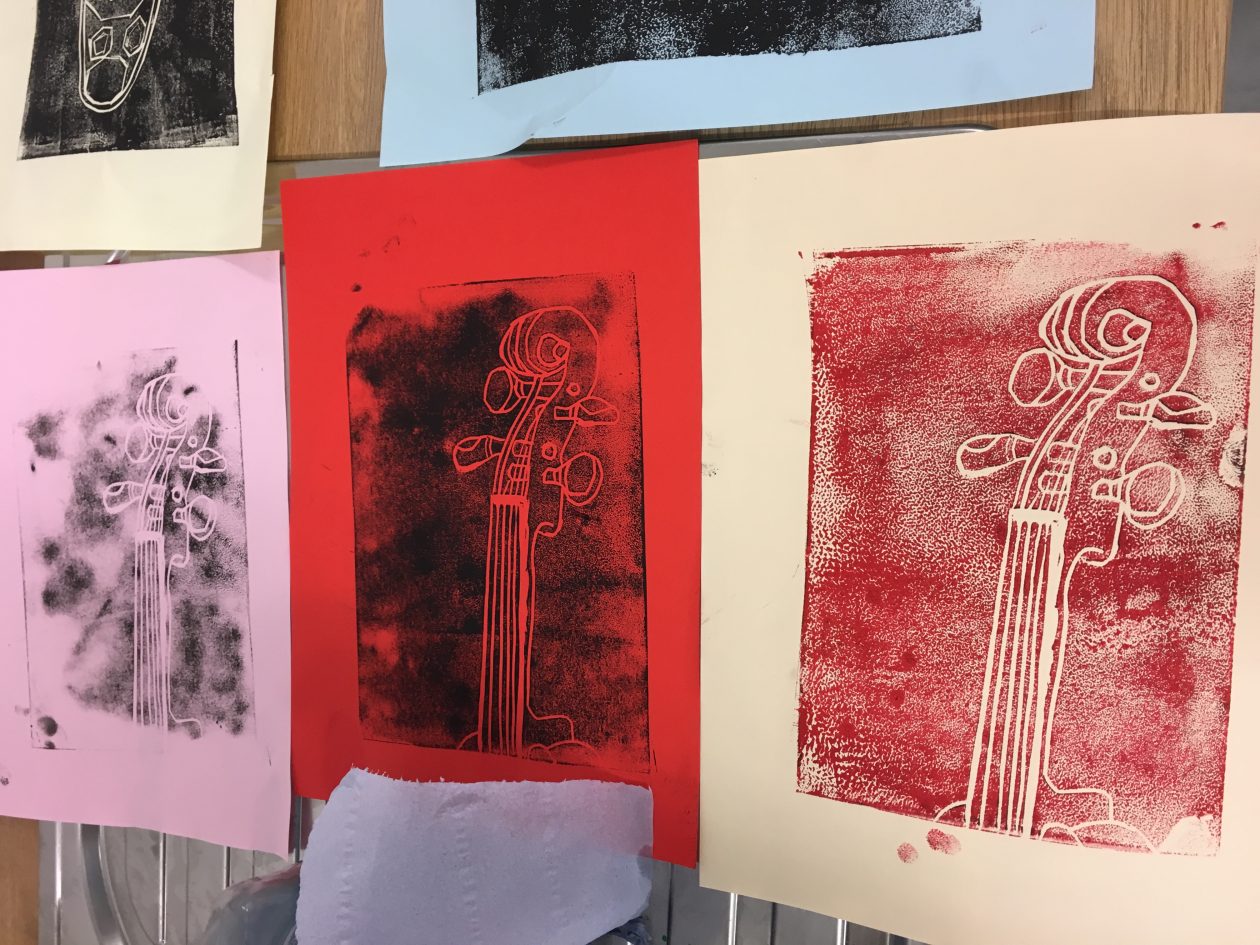
Benefits:
Fine motor skills
Chance to view the Creative Process
Integration of Art into STEM (STEM —> STEAM)
Negatives:
Danger of working with sharp objects, so may only be suitable for upper primary
Rubber tile materials may be costly to fund
During this session I learned that print making is a more extensive process than I originally thought. This led me to think about building for progression.
Building for progression allows children to take their time formulating ideas, and strips the pressure of quick-production from the experience.
Children are allowed the invaluable asset of time. Unfortunately, in this day and age, so much is rushed as we expect quick yielding and high results. However, I pose the question of: how can we expect high quality work (from anyone, child or adult) if we do not allow time? If one is not afforded the courtesy of time, they cannot formatively reflect; if one cannot formatively reflect, they stand to gain no beneficial skills and cannot better their work – it becomes a one-shot pass/fail instead of ‘how can I make this better?’
I also considered the print making process as a cross-curricular topic. Print making is also prolifically associated with the printing press and the availability of written language. Therefore, without this art form,we could not appreciate Literacy in the same way. This creates a lesson possibility with a tie between Literacy, Art and History.
After reading the ‘Living Literacy’ chapter (chapter 3) of Slow Print: Literary Radicalism and Late Victorian Print Culture , I further understand the part that Art had to play with making the world literate. Within this chapter, Miller references the community-driven aspect of Literacy, and how print-making had the sole impact on this; without the print making business (founded through and by the Arts), we would not have the printing press and would not have mass Literacy. In this way, the Arts have made a large contribution to making education viable.
There is also the time there objects were pressed on walls, making shapes, that represented a story. This can be seen in caveman hand prints and is another form of Literacy tying in with Art.
Reference: Miller, C. (1974) Slow Print: Literary Radicalism and Late Victorian Print Culture [Online] Available: http://stanford.universitypressscholarship.com/view/10.11126/stanford/9780804784085.001.0001/upso-9780804784085-chapter-4 [Accessed: 04 March 2017].
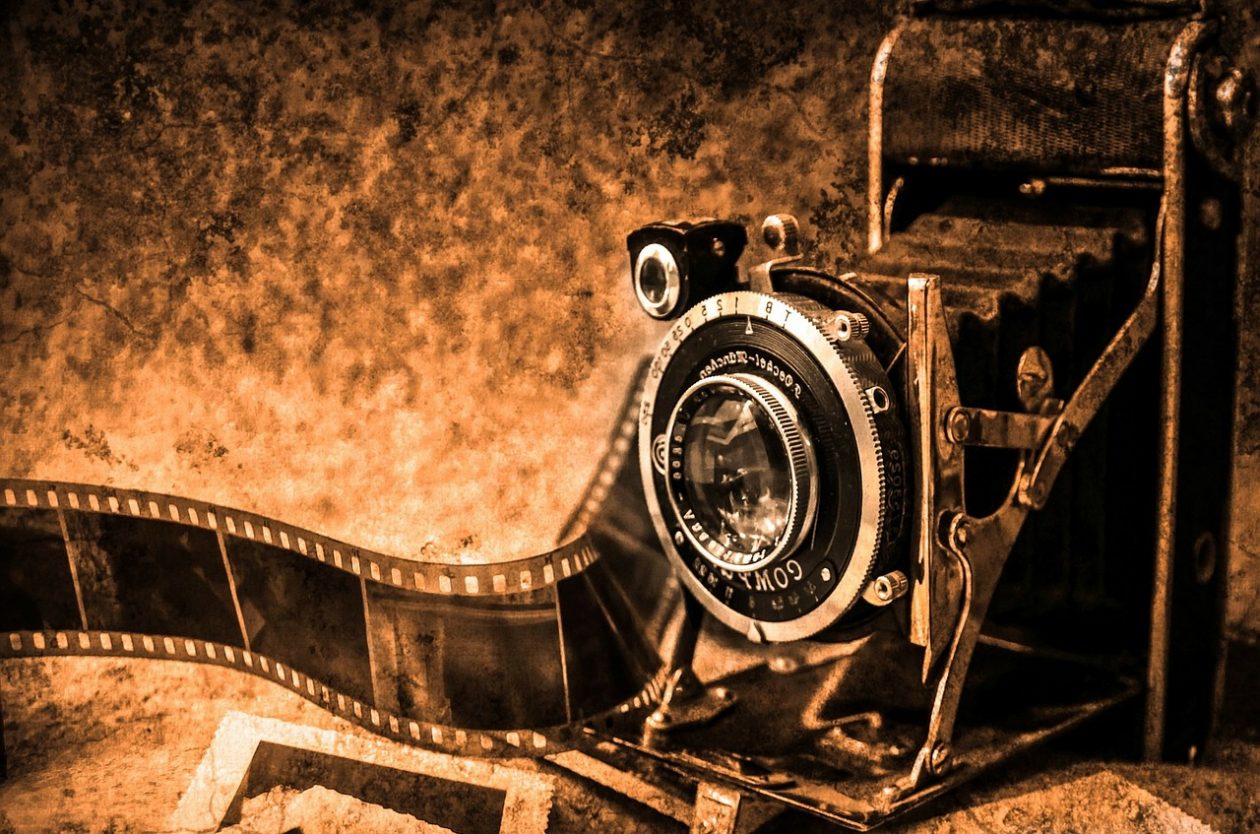
This is intended to be printed off and made into a flick book.
For more details, please check the previous blog post.
Image found: https://pixabay.com/en/photo-camera-photography-old-retro-219958/
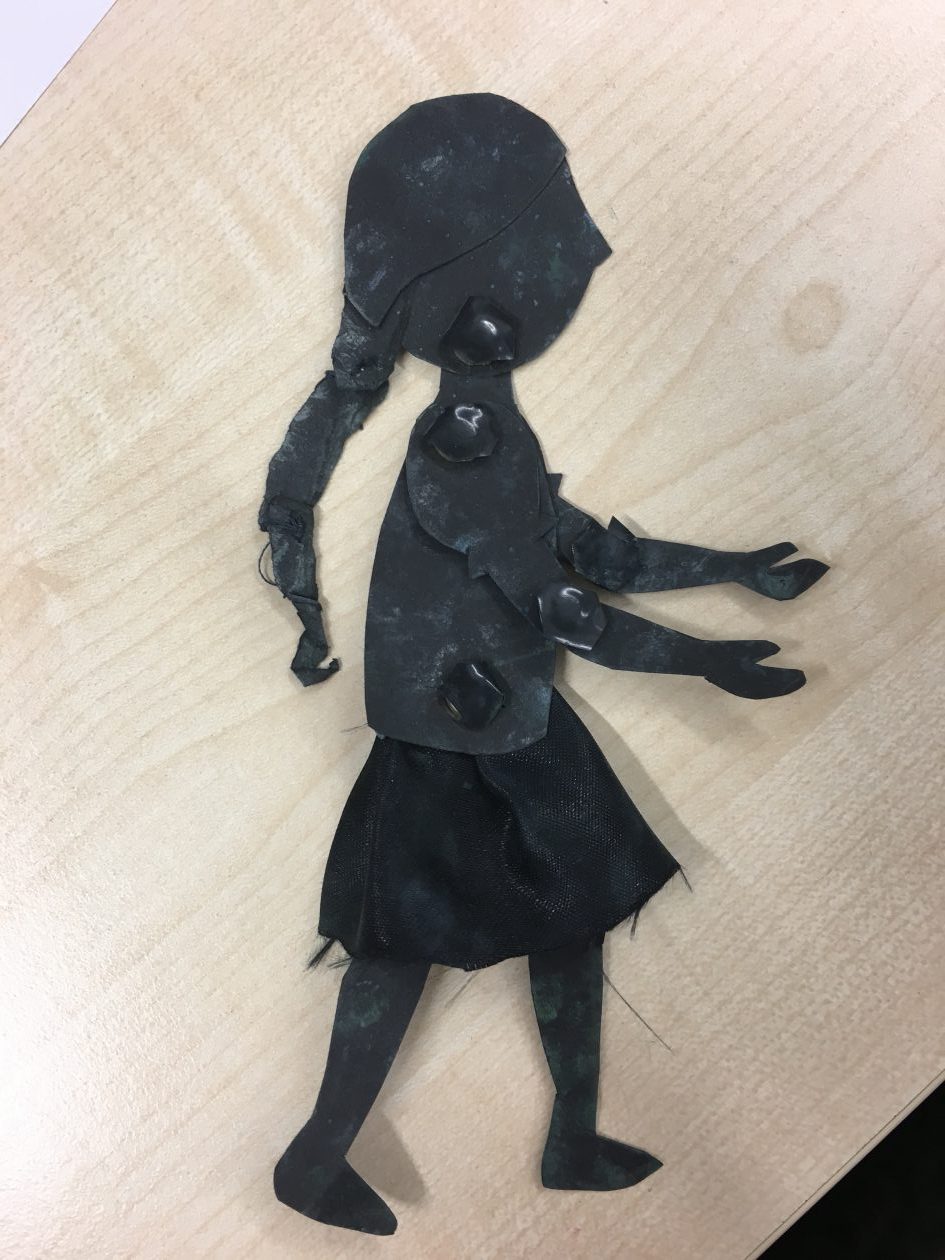
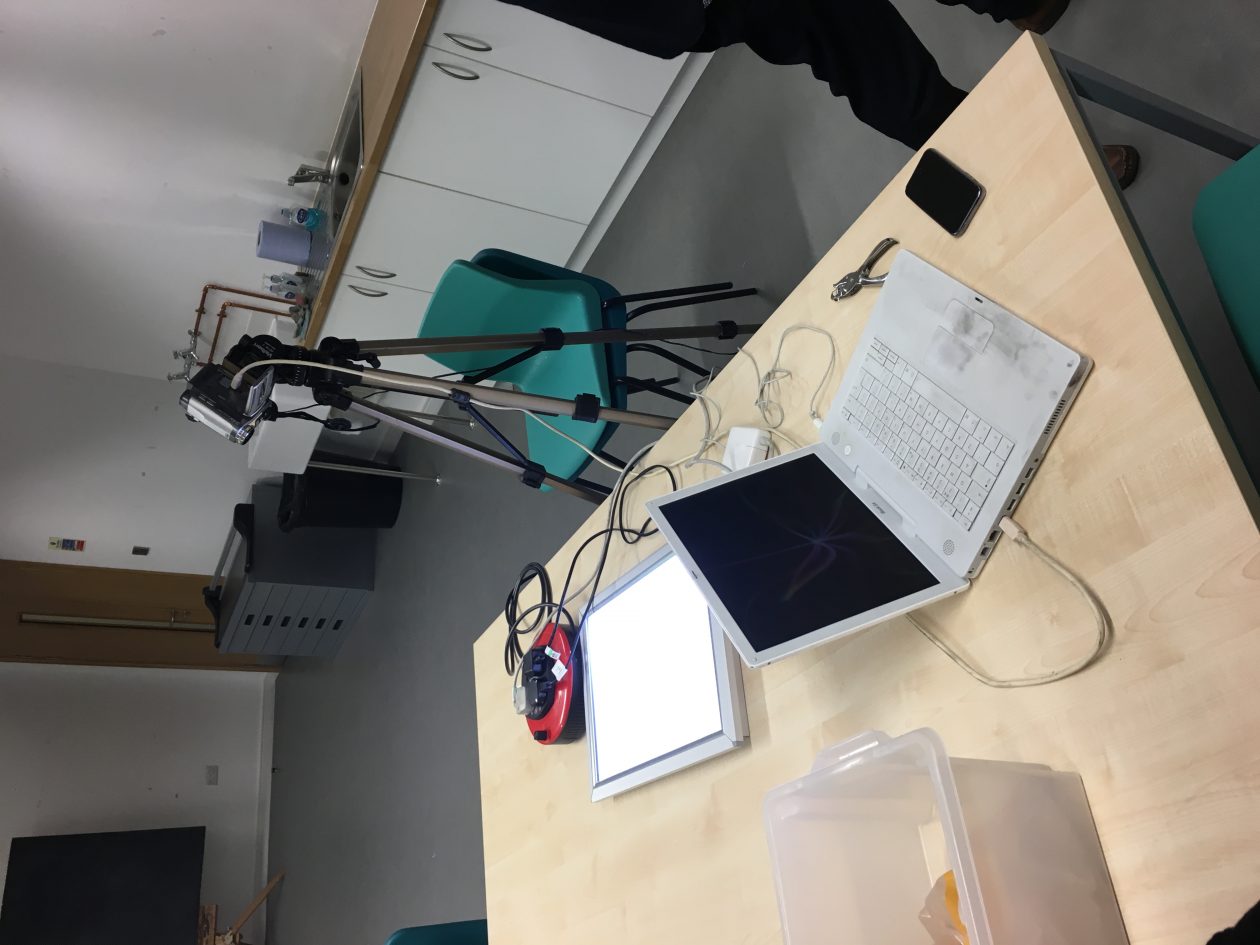
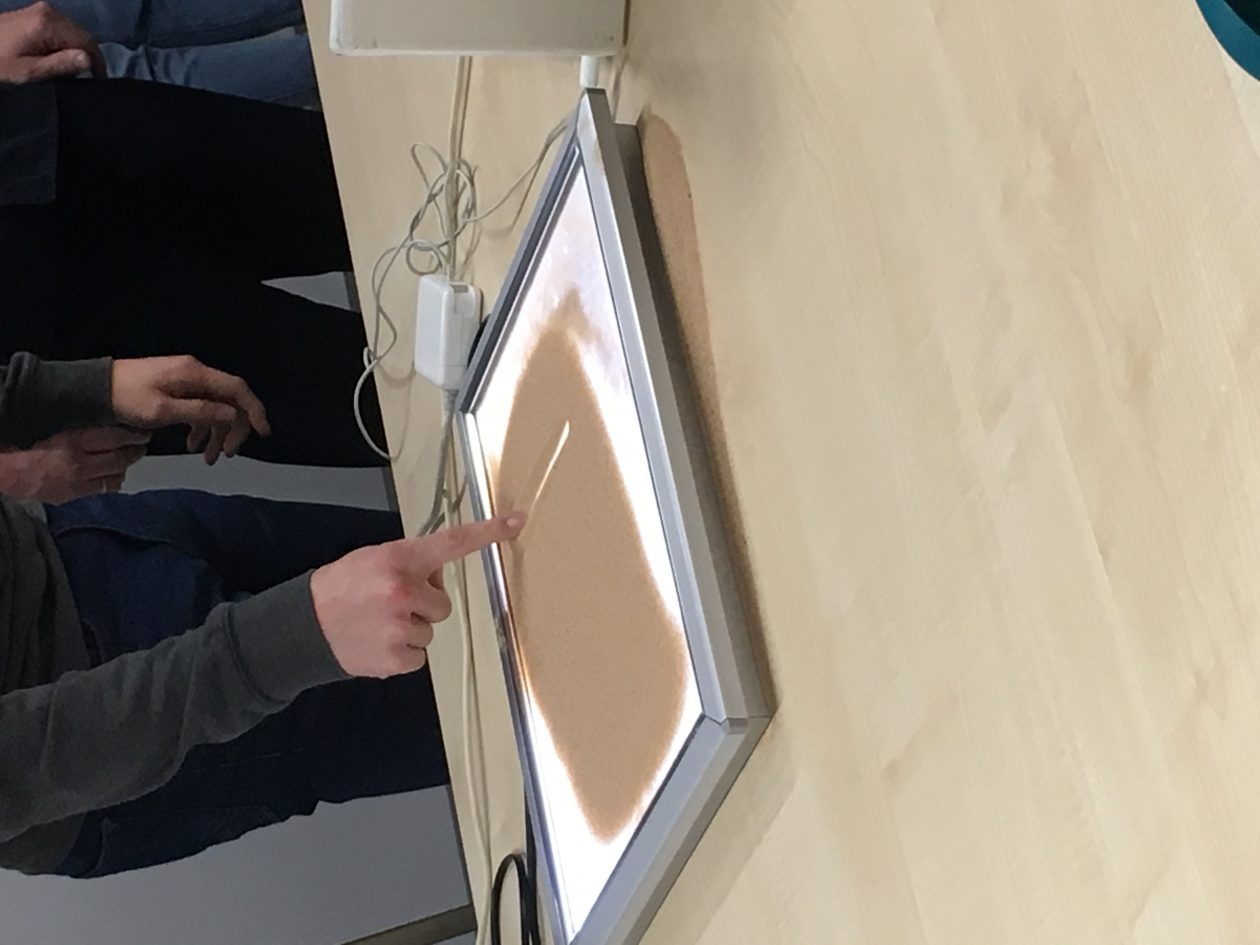
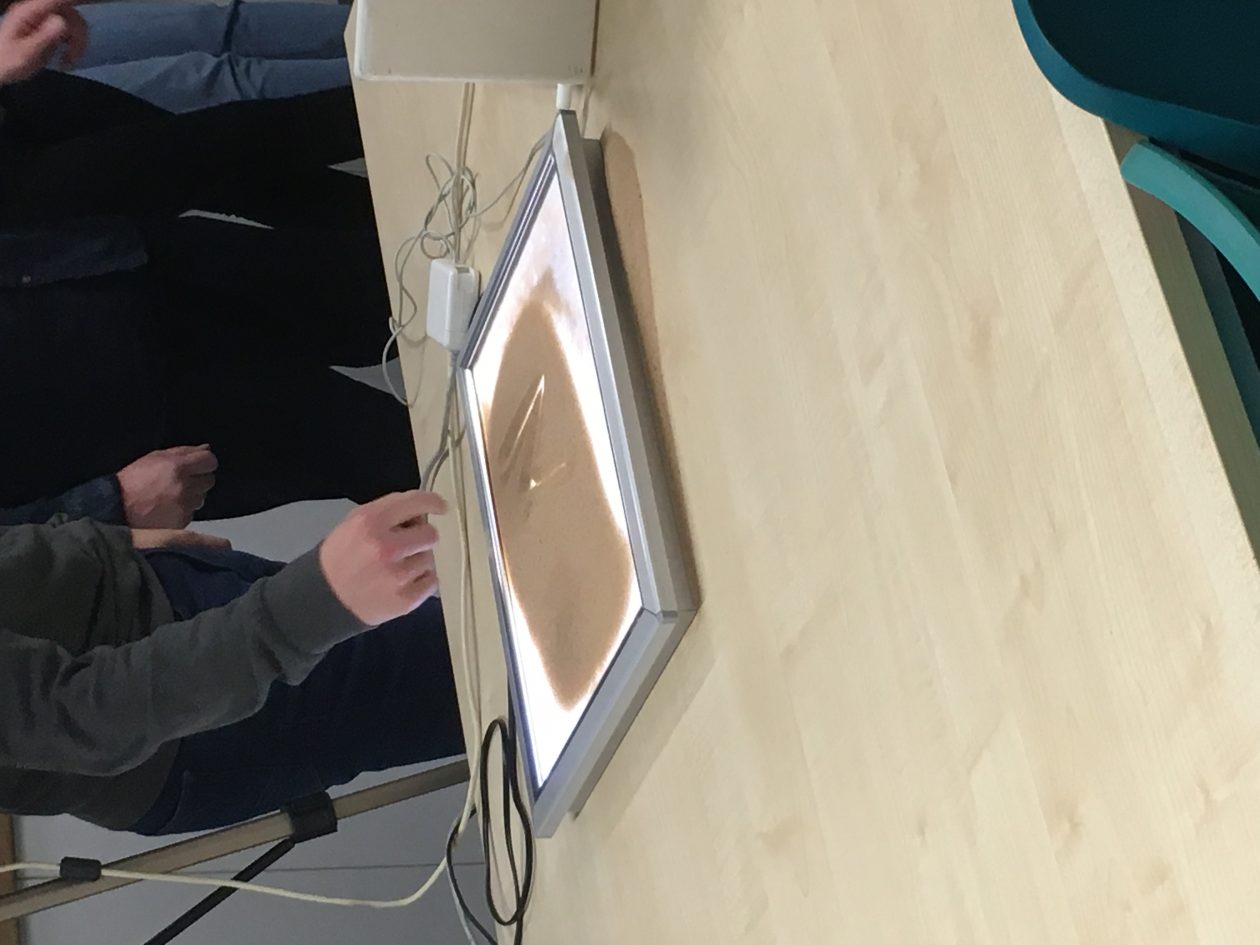
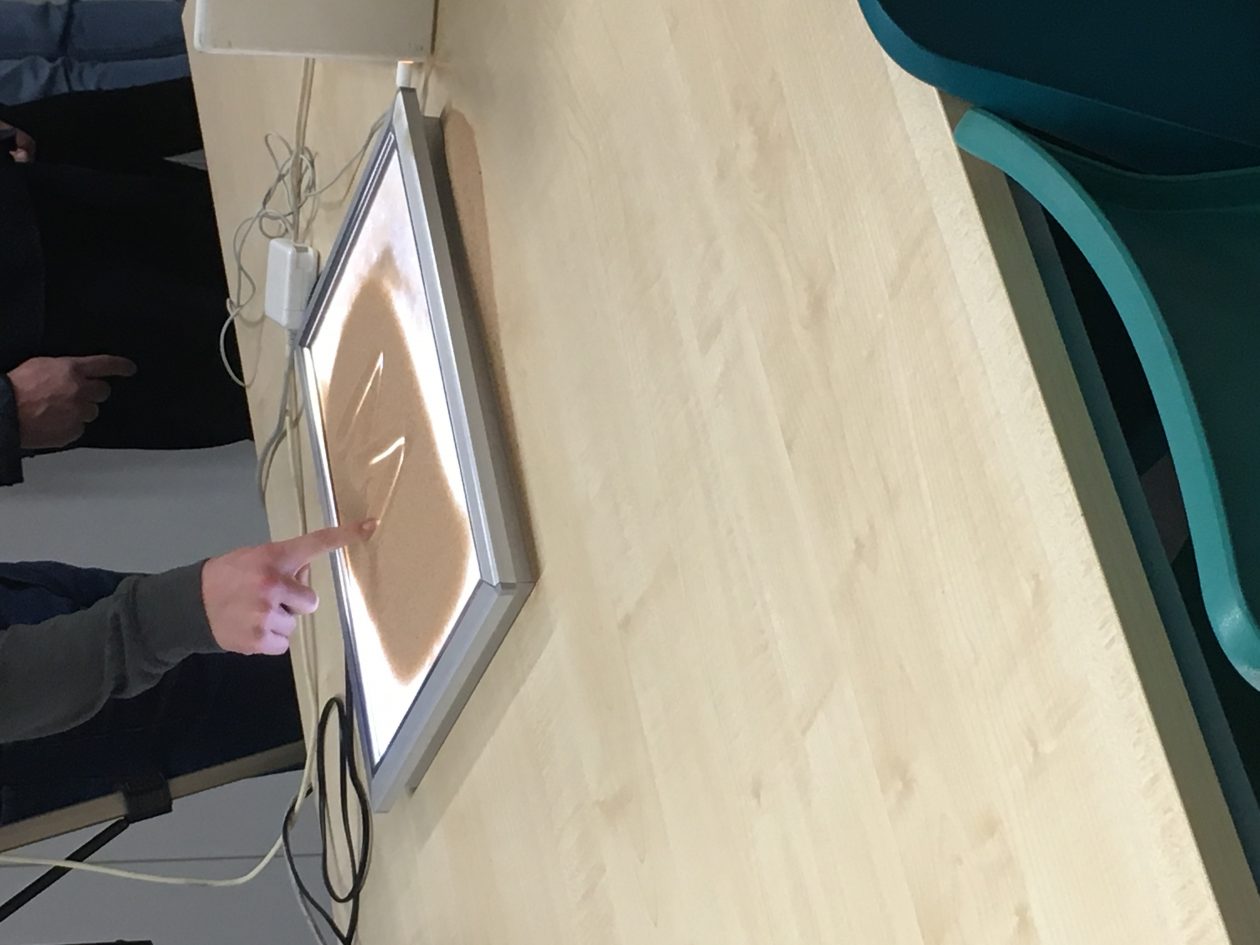
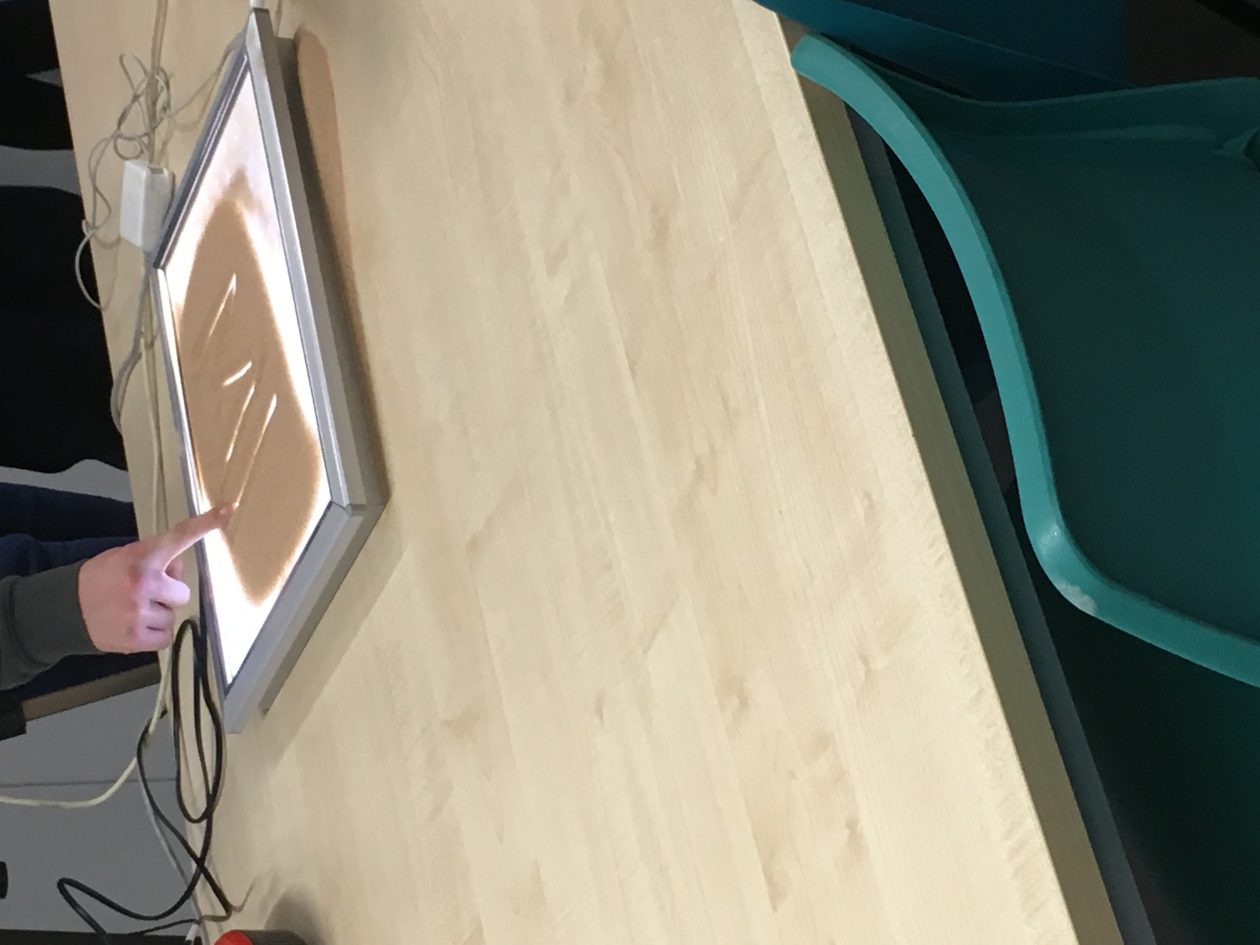
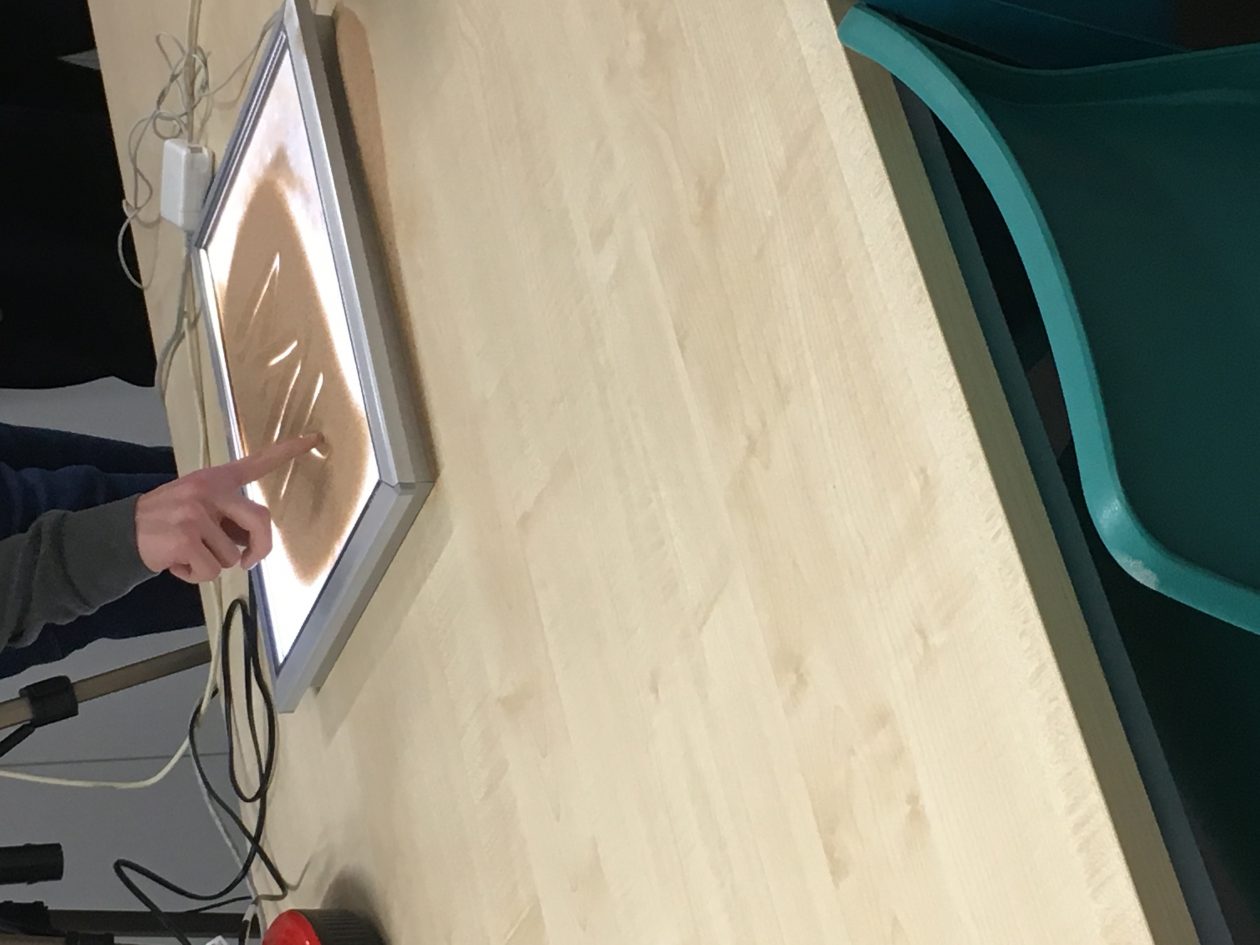
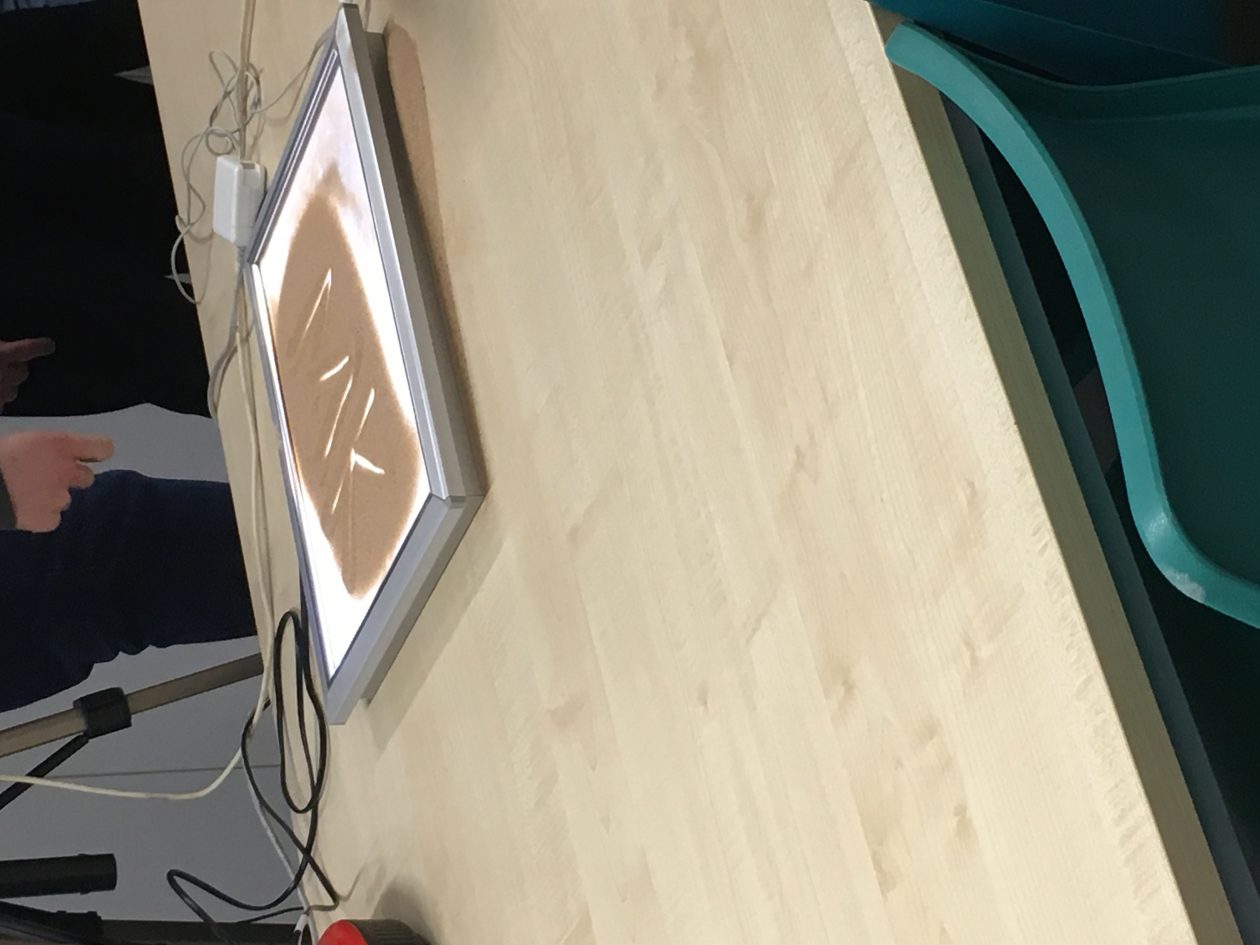
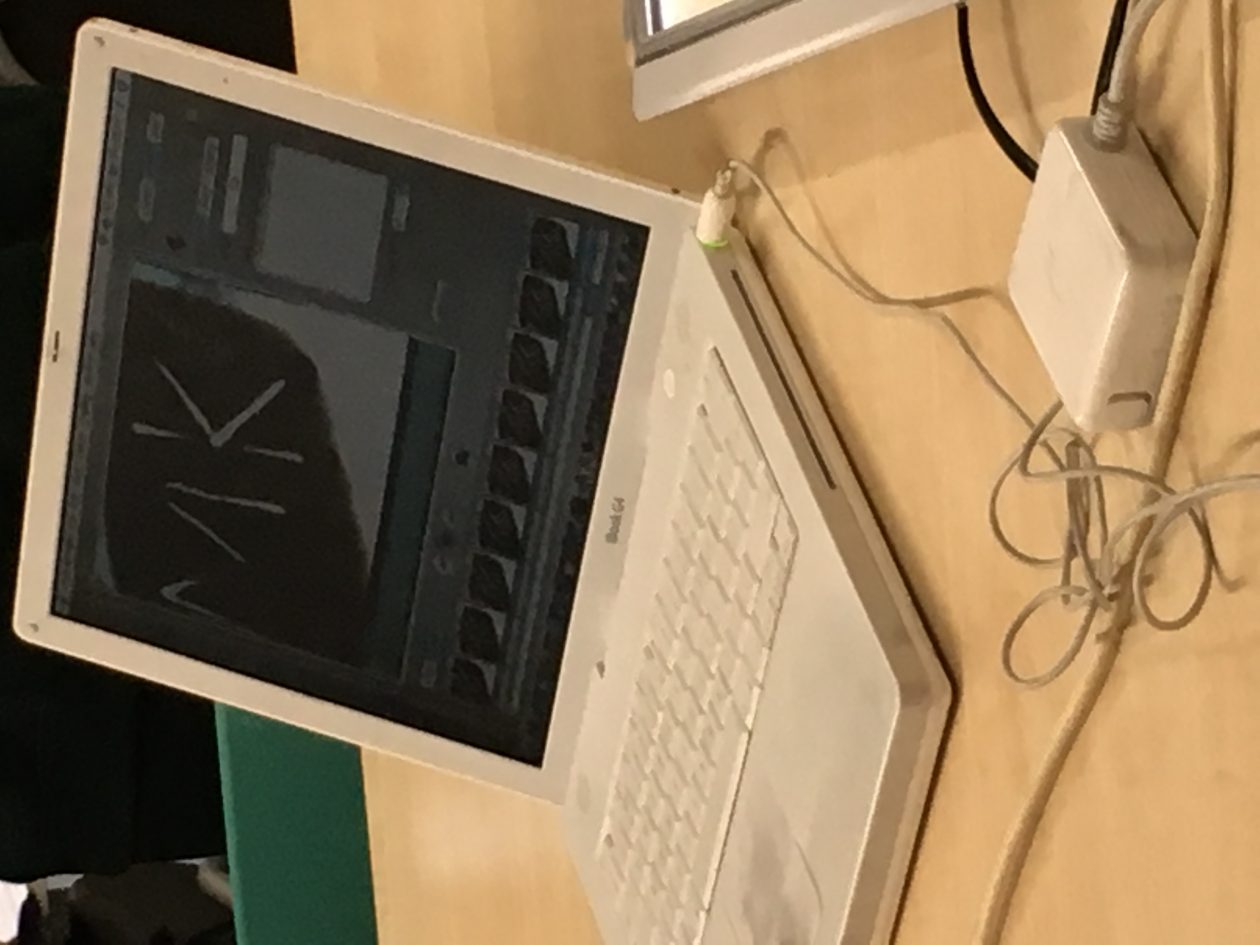
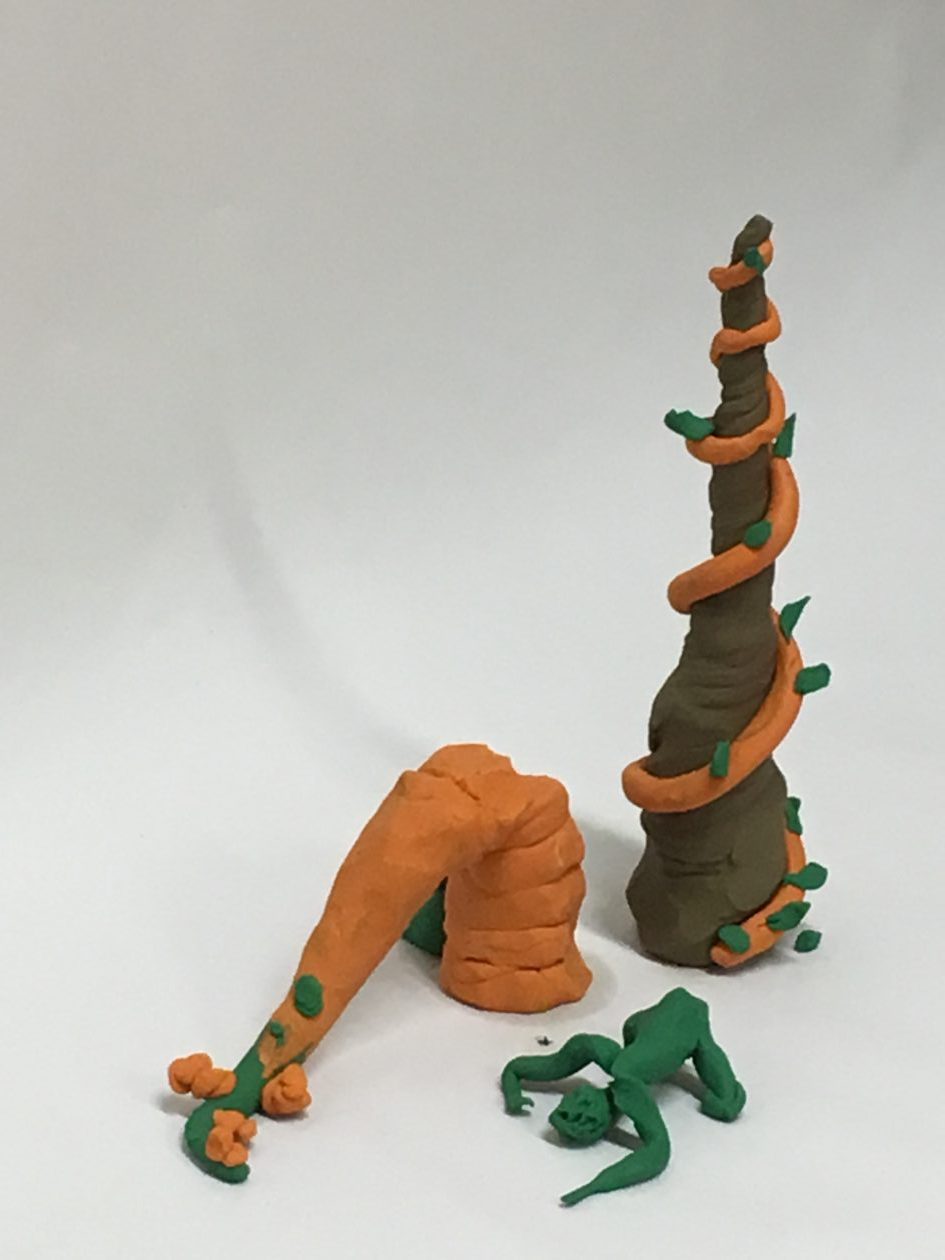
During this session we looked at the multitude of uses for Animation in the Primary classroom setting; from re-telling of Nursery Rhymes to hands-on action – creating ‘Critical Thinkers’. The focus was on the different mediums of Animation, with later reference to the timelines/history of Animation.
I have gained an insight to the cross-curricular link between the Expressive Arts and Technology.
I have began consideration into lunch time clubs and how they would be affective for animation lessons. As animation lessons can take a long time to assemble and formulate, I feel that a lunch time/after school club would be exponentially beneficial for many reasons. One reason is that the children will generally have longer to finish their animations and more of a chance to tweak aspects when desired. This is important because the children should feel secure in their creations and should have the ability for formative change and progression of expression. Another reason is that the teacher of the club is not limited by the curriculum, as the club would be extra-curricular/taking place out-with the classroom. One more reason is that the student participants attend these sessions willingly, and are dedicated to the learning that is taking place. This willingness to learn creates a conducive atmosphere which students and teachers can feed off of. It is also worth noting that the teachers of these clubs are also dedicated to this learning, showing their own excitement – this makes for more memorable teachers; teachers who are set apart from the others.
A memorable, unique teacher is what I aspire to be, and helps add a fresh perspective to teaching making them highly sought after and likely to be hired.
Styles of Animation:
I have learned:
I have gained:
I will consider for next time:
Reference: ‘D fie foe’ and Scottish Film Limited (n.d.) Cutout: Moving image education. Available at: https://movingimageeducation.org/create-films/animation/cutout (Accessed: 4 March 2017).
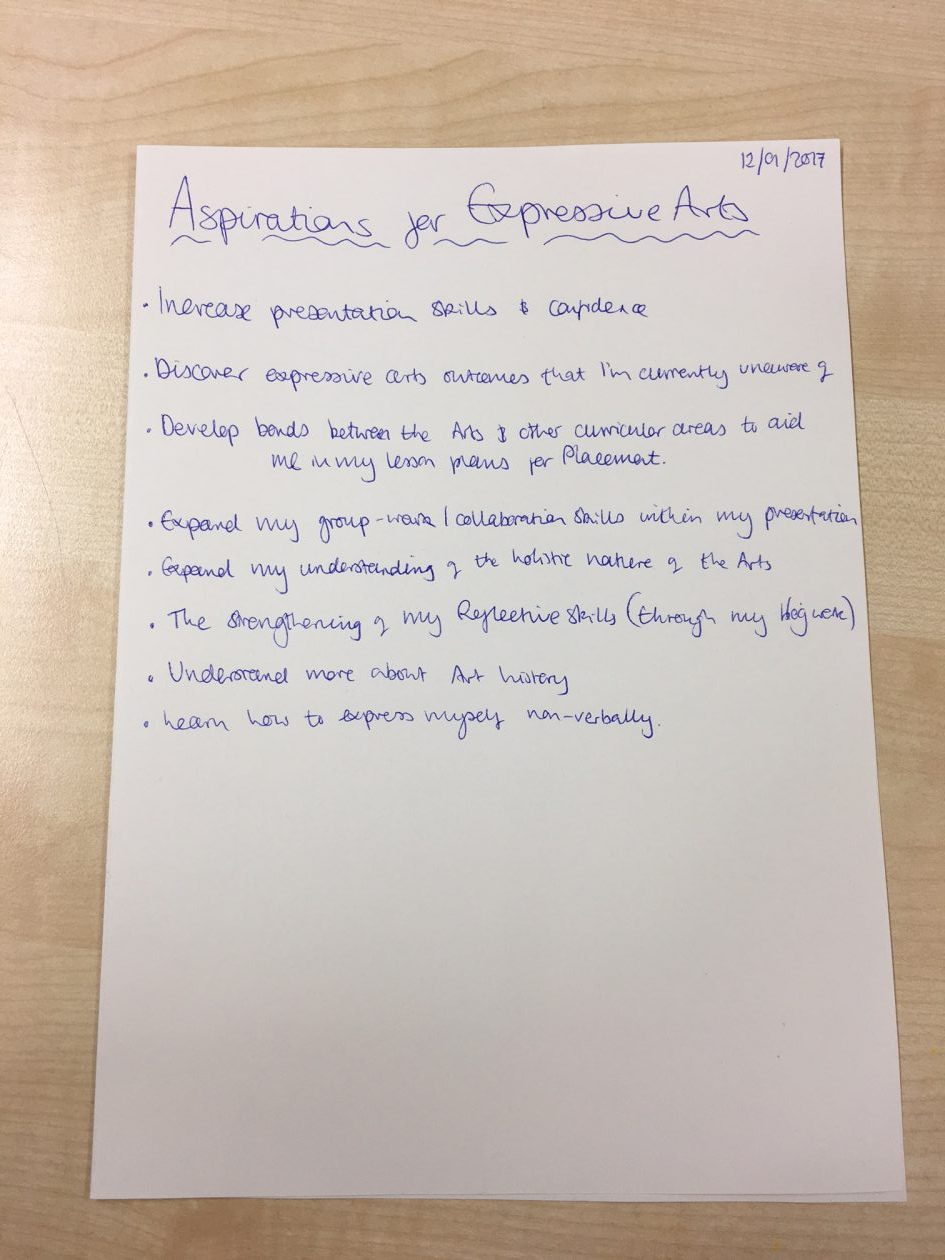
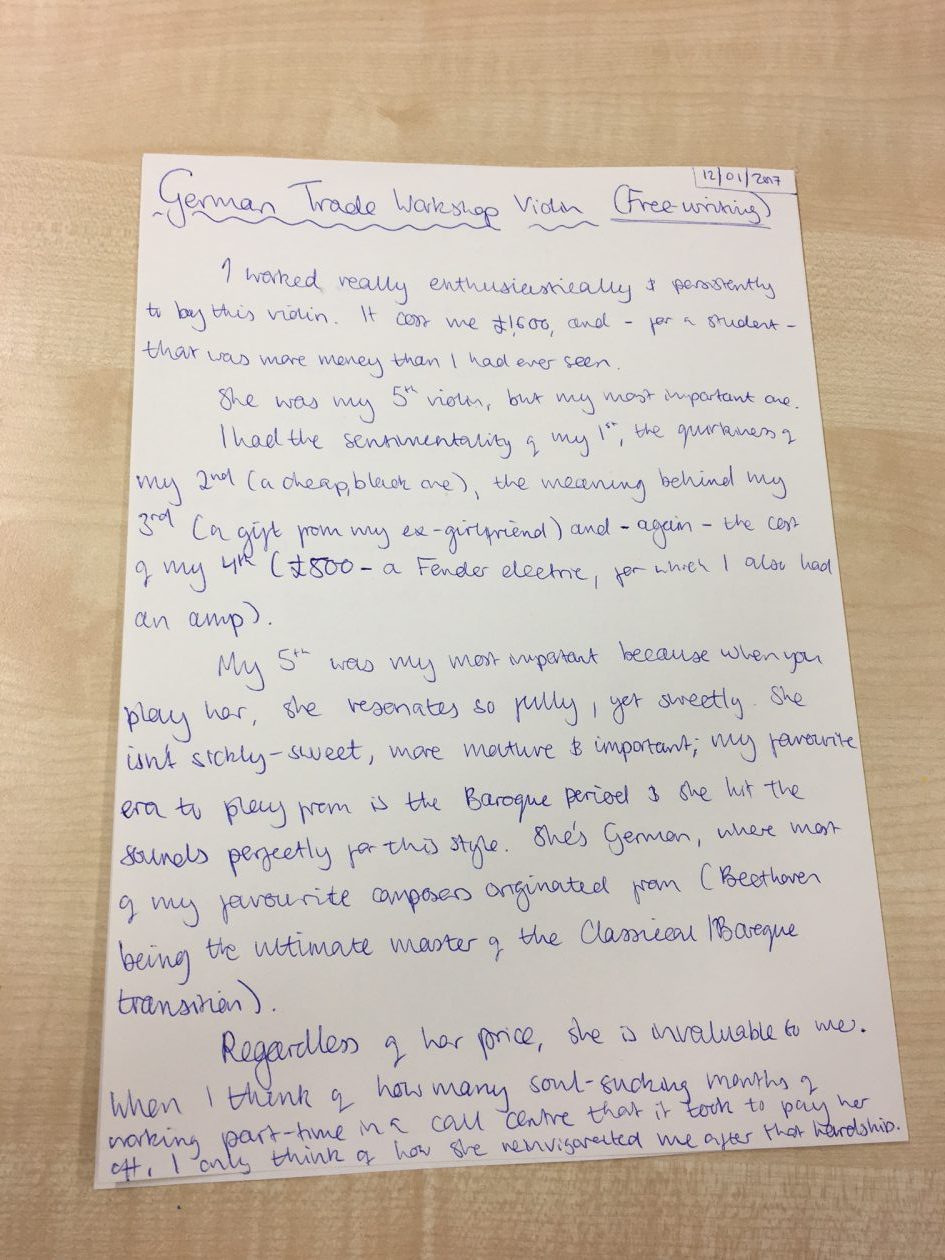
[Please find above my initial completed response to the emotive description that was asked of us on the first session of the module].
During this session, we were required to bring an evocative object for discussion.
The discussion that ensued was inspiring, as we had all brought very distinctive and unique objects with strong, personally emotive histories.
This allowed me to realise that an evocative object could be anything, from anywhere, as anything that we have encountered is bound to evoke a memory – be it positive, negative or neutral; all memories are bound to emotional links.
![]()
This above quotation (Duarte, 2012) demonstrates the usual path that learning governs in Primary Schools. Children are too often reminded of what is incorrect, and not praised for what they have done well. Through Evocative Art, there are no incorrect answers. This is the kind of teacher that I want to be; I want to be a teacher who allows children to reach their full potential, through expression.
We then discussed the possibilities of artistic projects created from evocative objects. I had never realised how easily accessible, and how cheaply resourced materials could be. There will always be some form of material or resource in a classroom for children to create an evocative art piece from. And, if there is not availability of materials within the school, teachers must learn to be resourceful; one can always find materials in local surroundings – this can be large cardboard boxes that shops throw away or partially damaged goods that shops plan to throw away because they’re in an unsaleable condition. Sourcing from the local environment can also lead to using natural resources such as leaves, twigs, grass etc, which are an inexhaustible material.
I had also never considered that the evocative piece would not be limited to Art and Design, but could also be interpreted through animation (making links to digital technology use, to make the topic cross-curricular), a piece of music could be created, and an interpretative dance or drama skit could be created – all from one object.
These multi-modal platforms lend themselves to evocative art, and allows the child to access the curriculum to its fullest, and creates a contextually more stimulating and relevant lesson (or series of lessons) as children begin to see the links between their subjects – evocative art creation helps children make sense of their feelings and the world around them. The cross-curricular nature of this task also helps teachers plan more efficiently, creating more exciting and unique lessons.
I also found the following table, in p. 80 of:
The Arts in Education: An Introduction to Aesthetics, Theory and Pedagogy

This has given me insight into which terminology to select, and how the Arts (integrated across the curriculum) allows for a progressive regime, and allows the pupil to progress; there are less/no limits of rules and ‘conformity’ – the pupil is allowed to express themselves in a secure environment, leading to a more self-confident and self-aware individual.
References:
Fleming, M. (2012) The Arts in Education: An Introduction to Aesthetics, Theory and Pedagogy. [Online] Available: https://www.dawsonera.com/readonline/9780203126240 [Accessed: 04 March 2017].
Duarte, E. (2012) Being and Learning: a Poetic Phenomenology of Education. [Online] Available: https://link.springer.com/book/10.1007%2F978-94-6091-948-0 [Accessed: 05 March 2017].